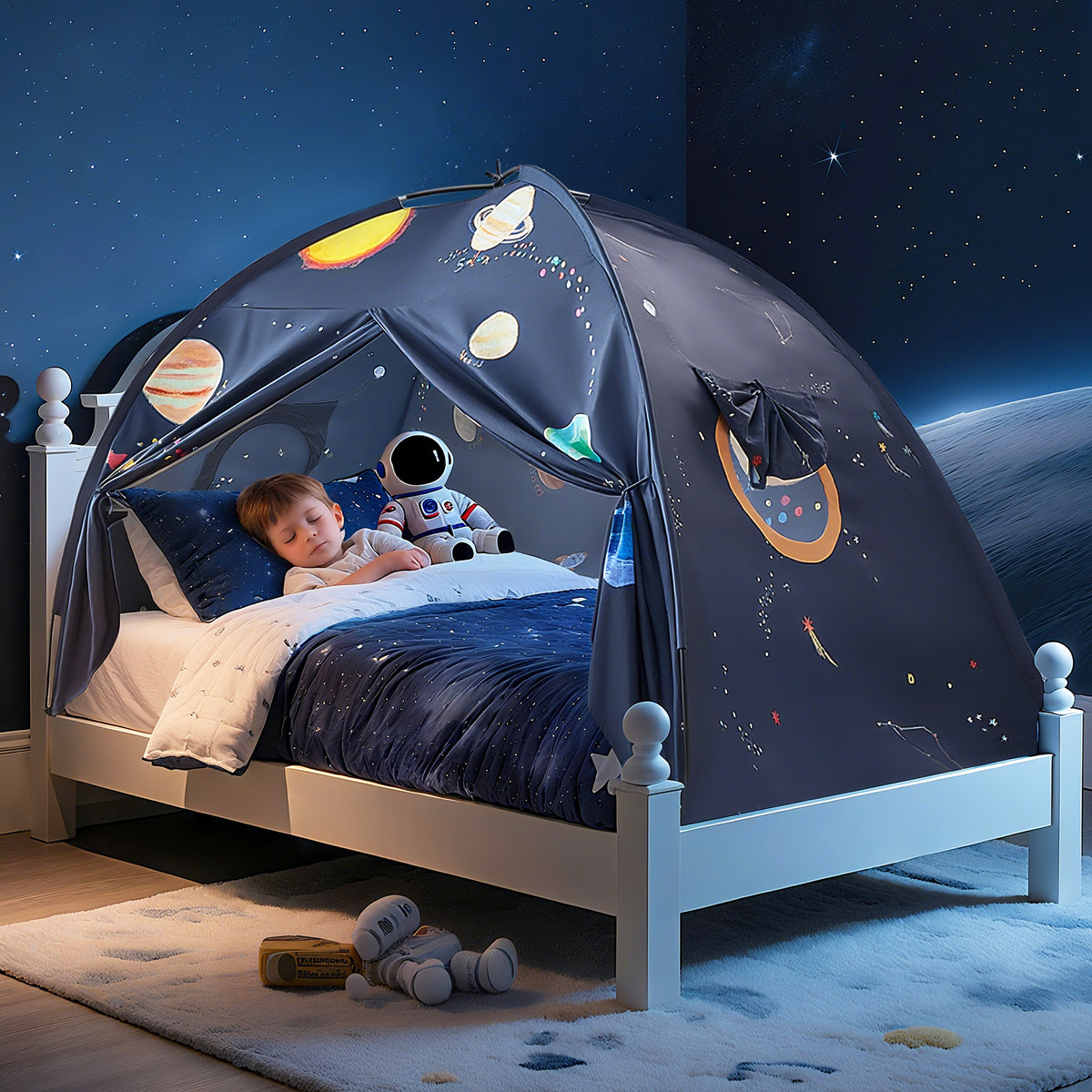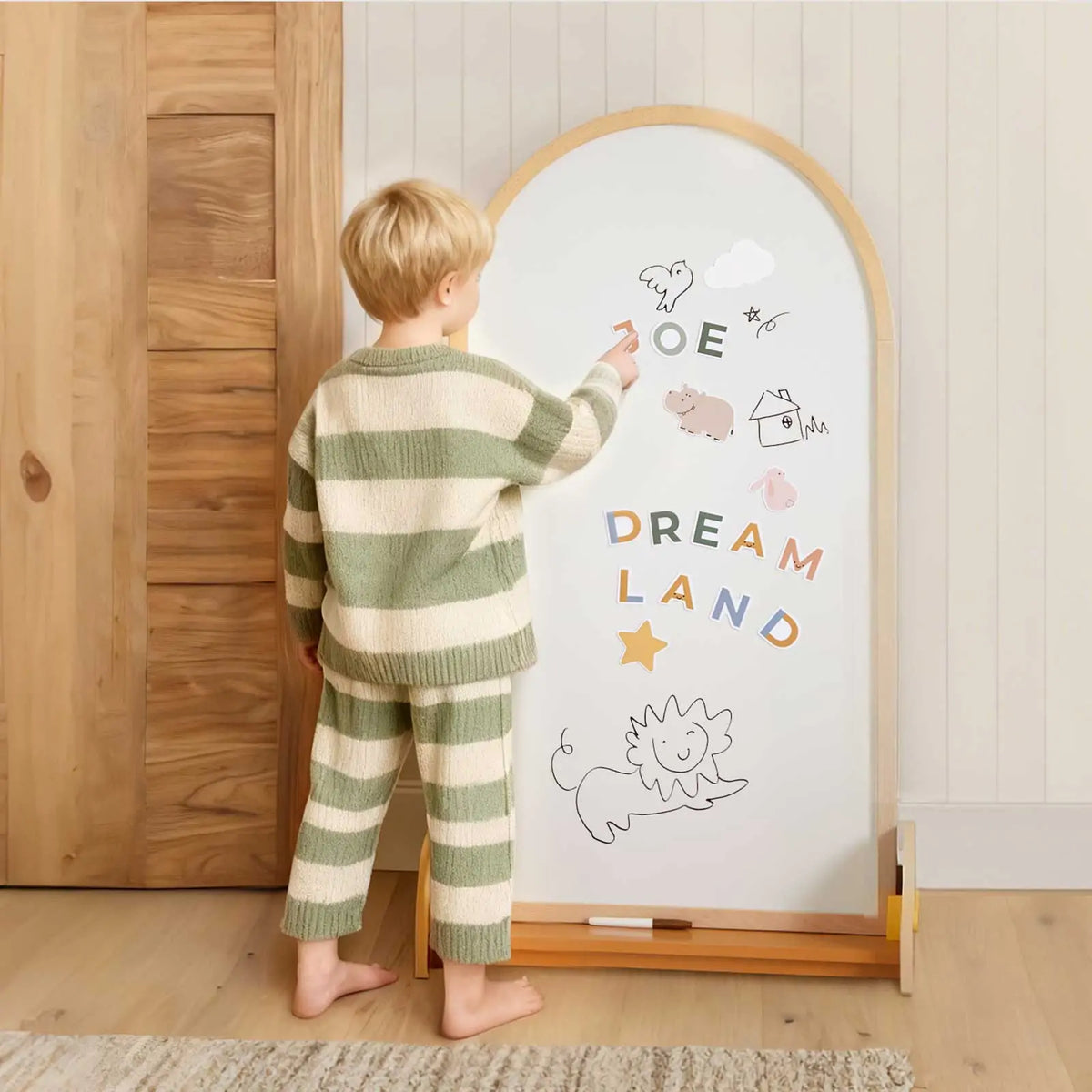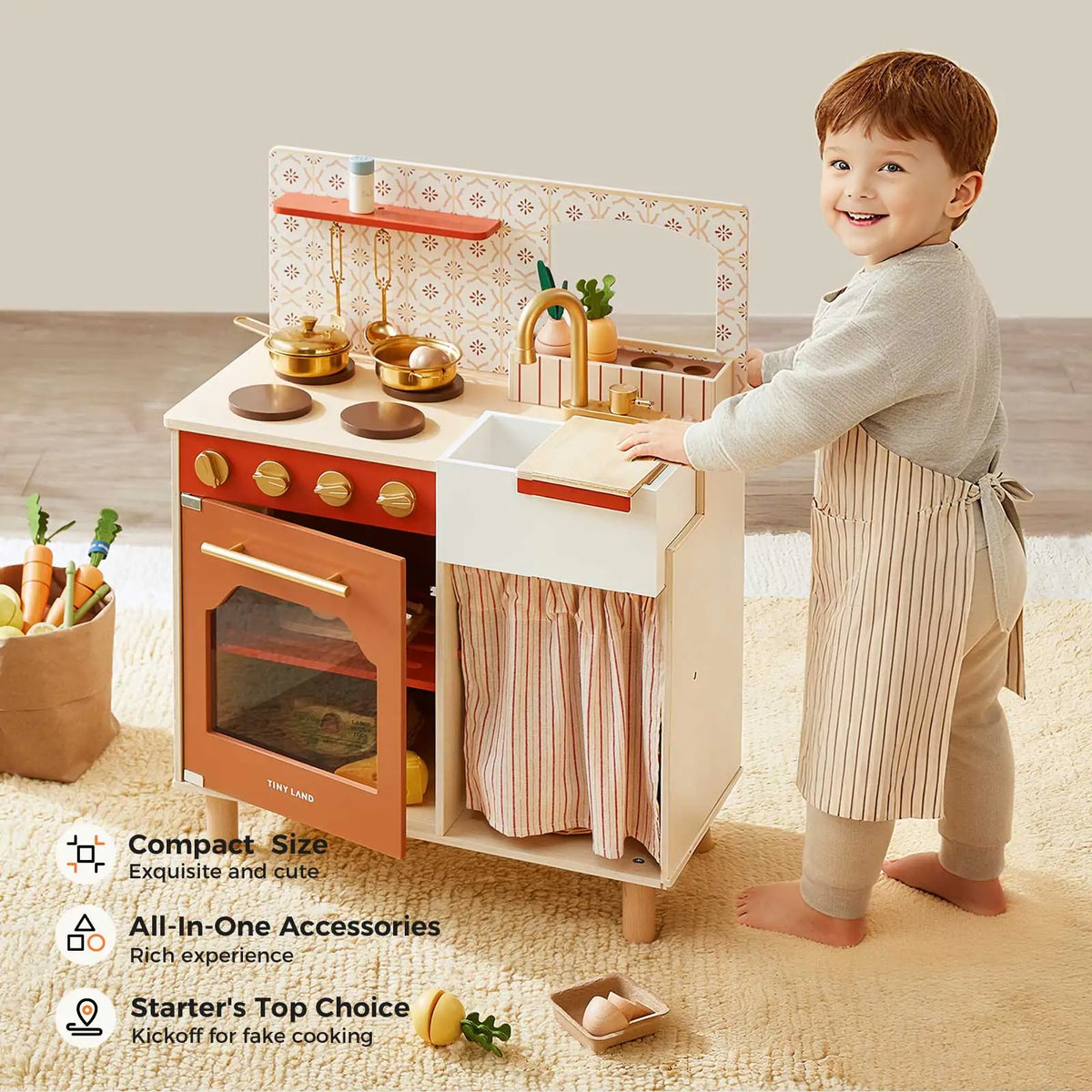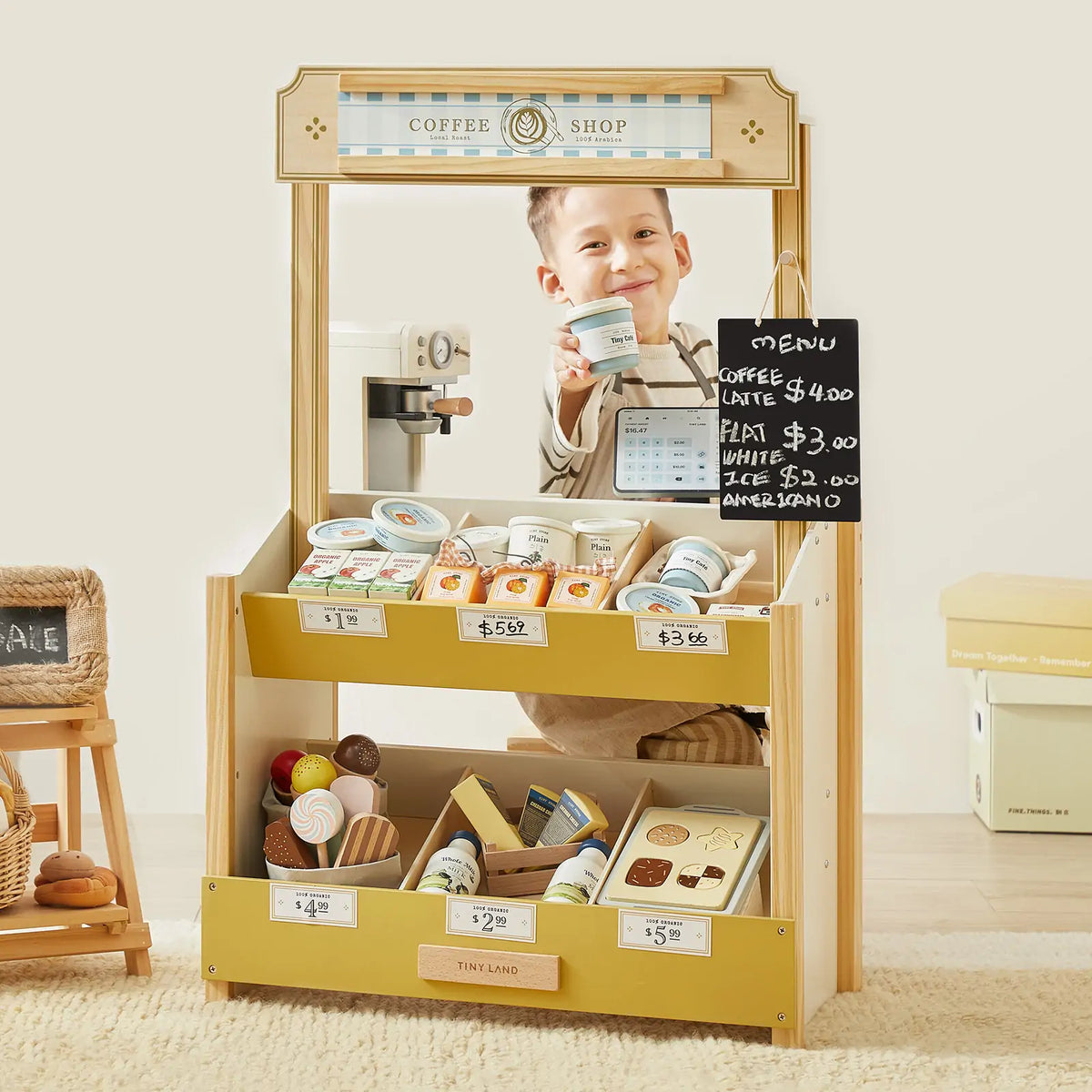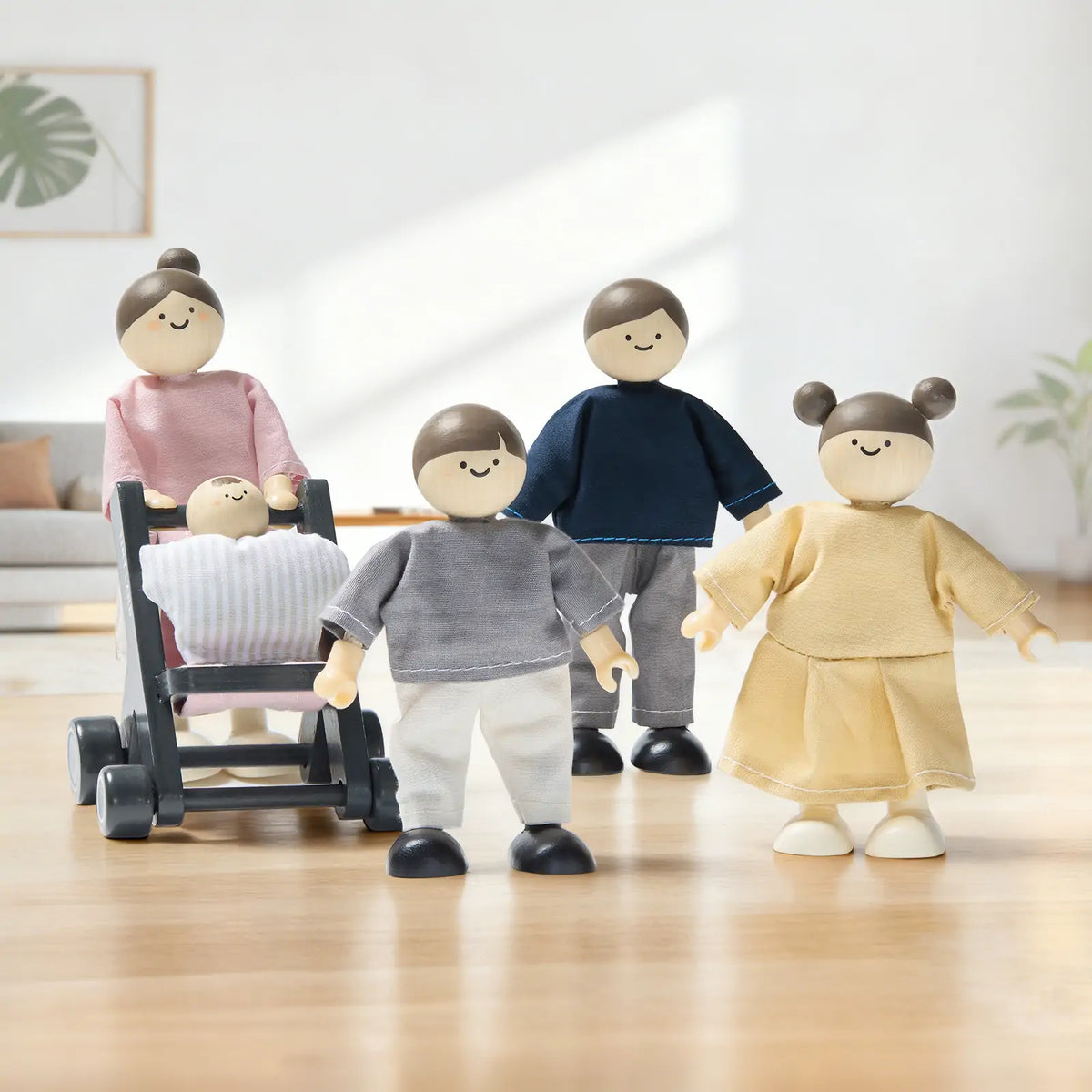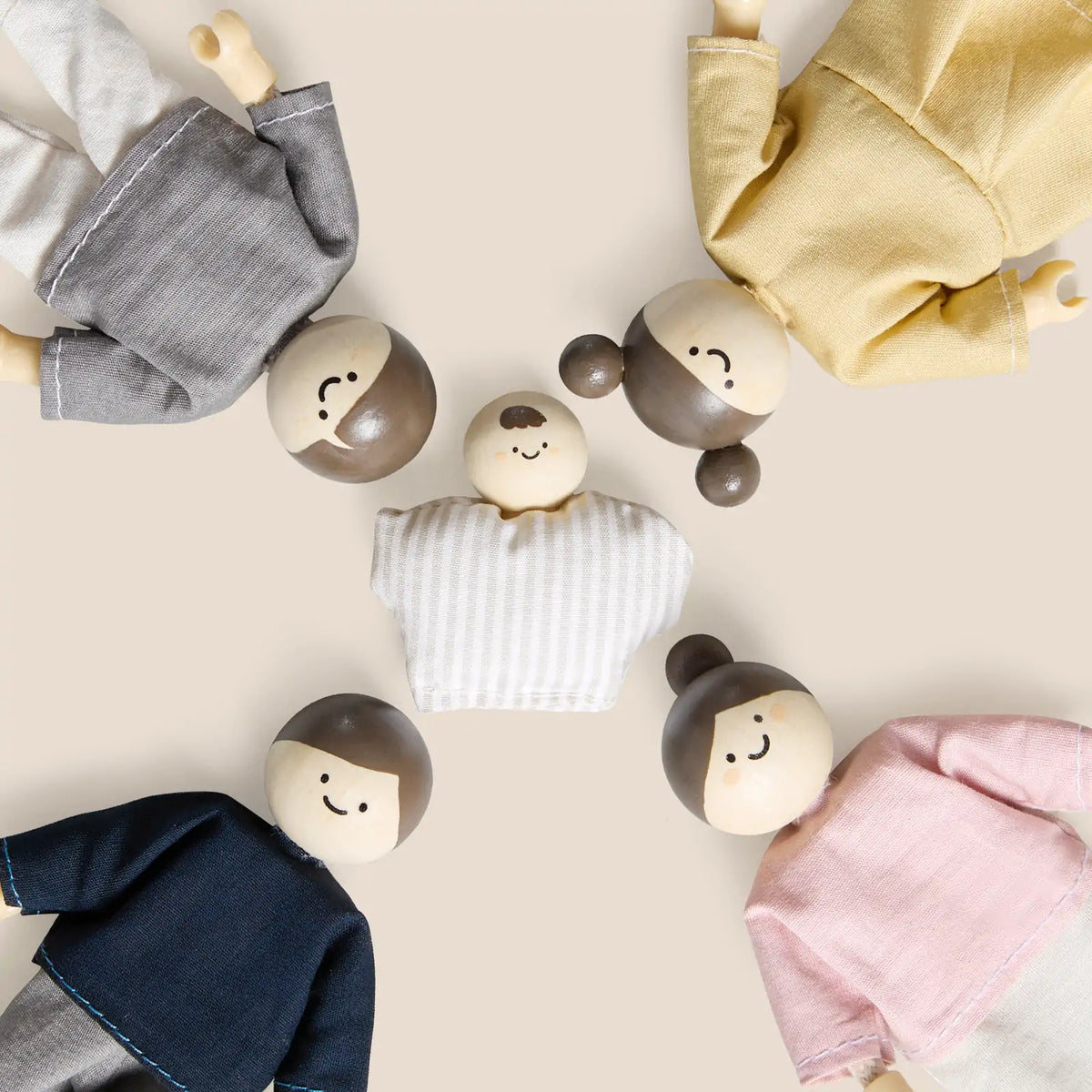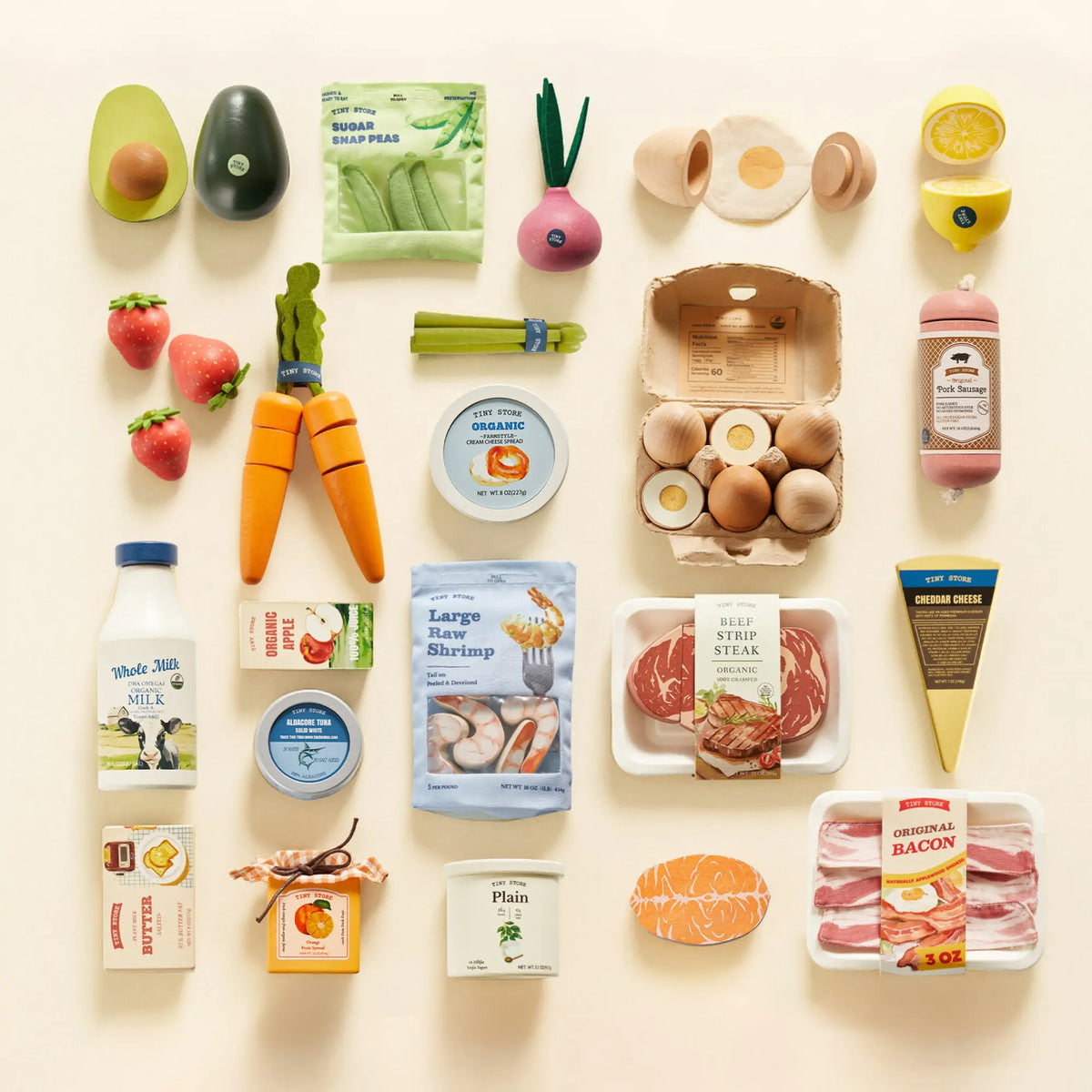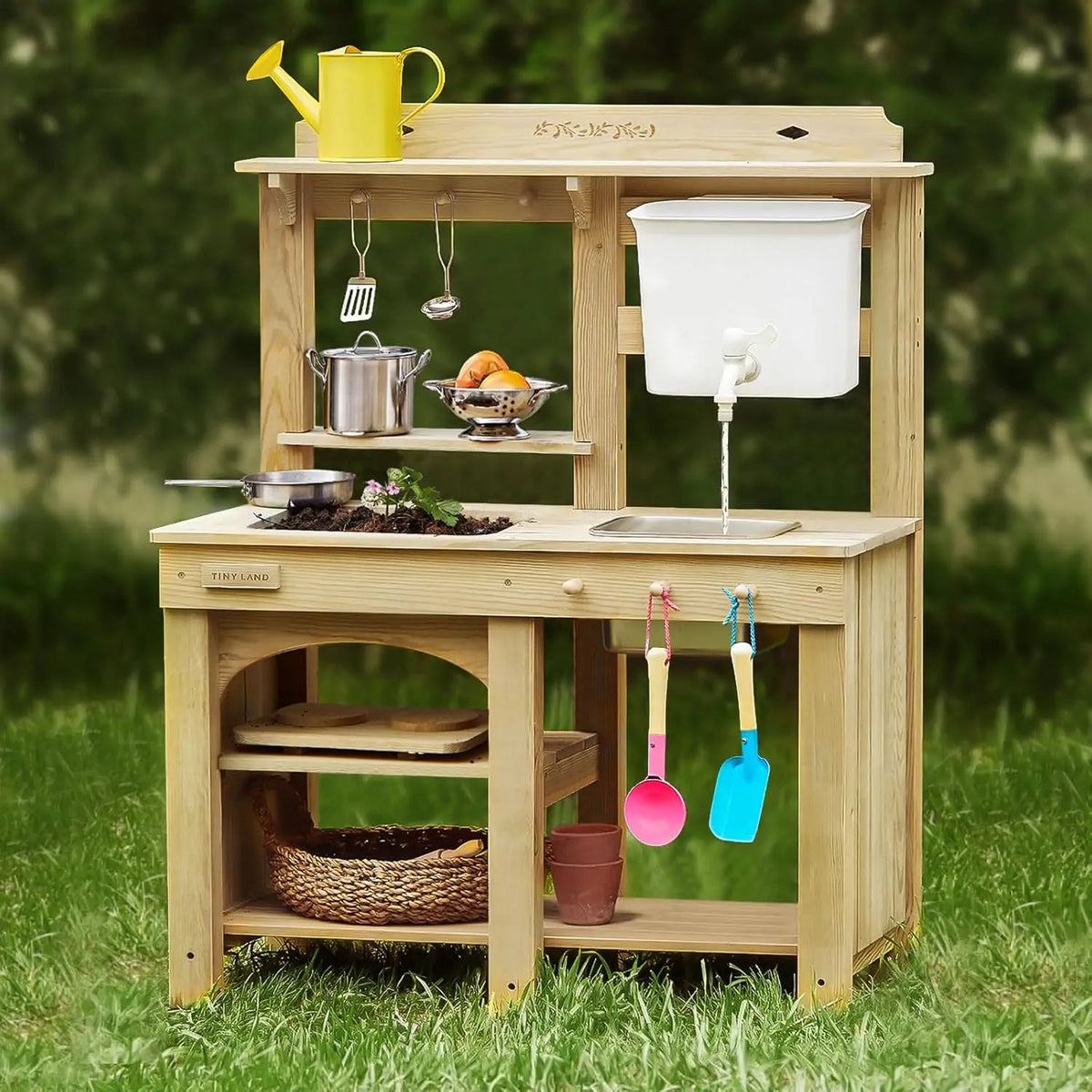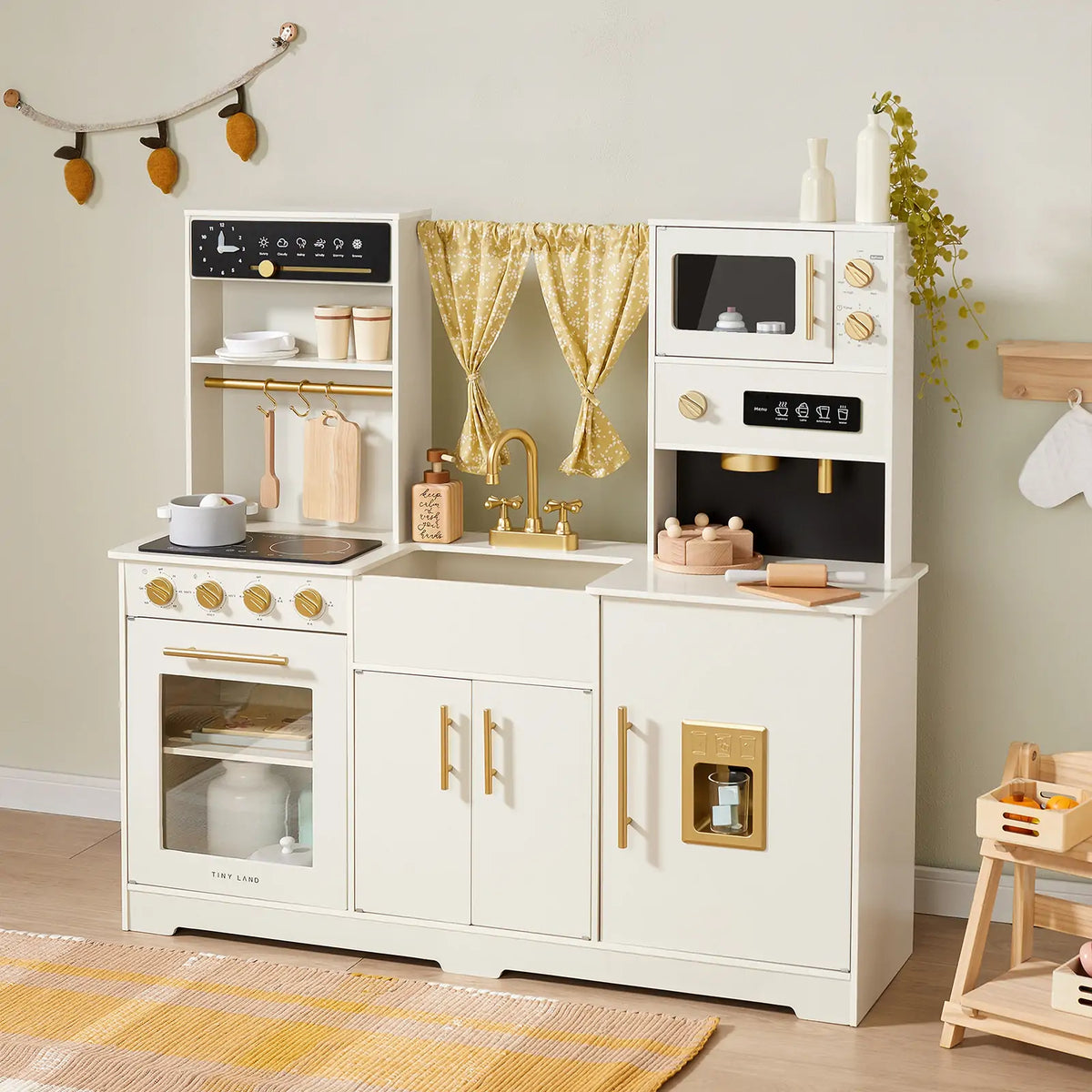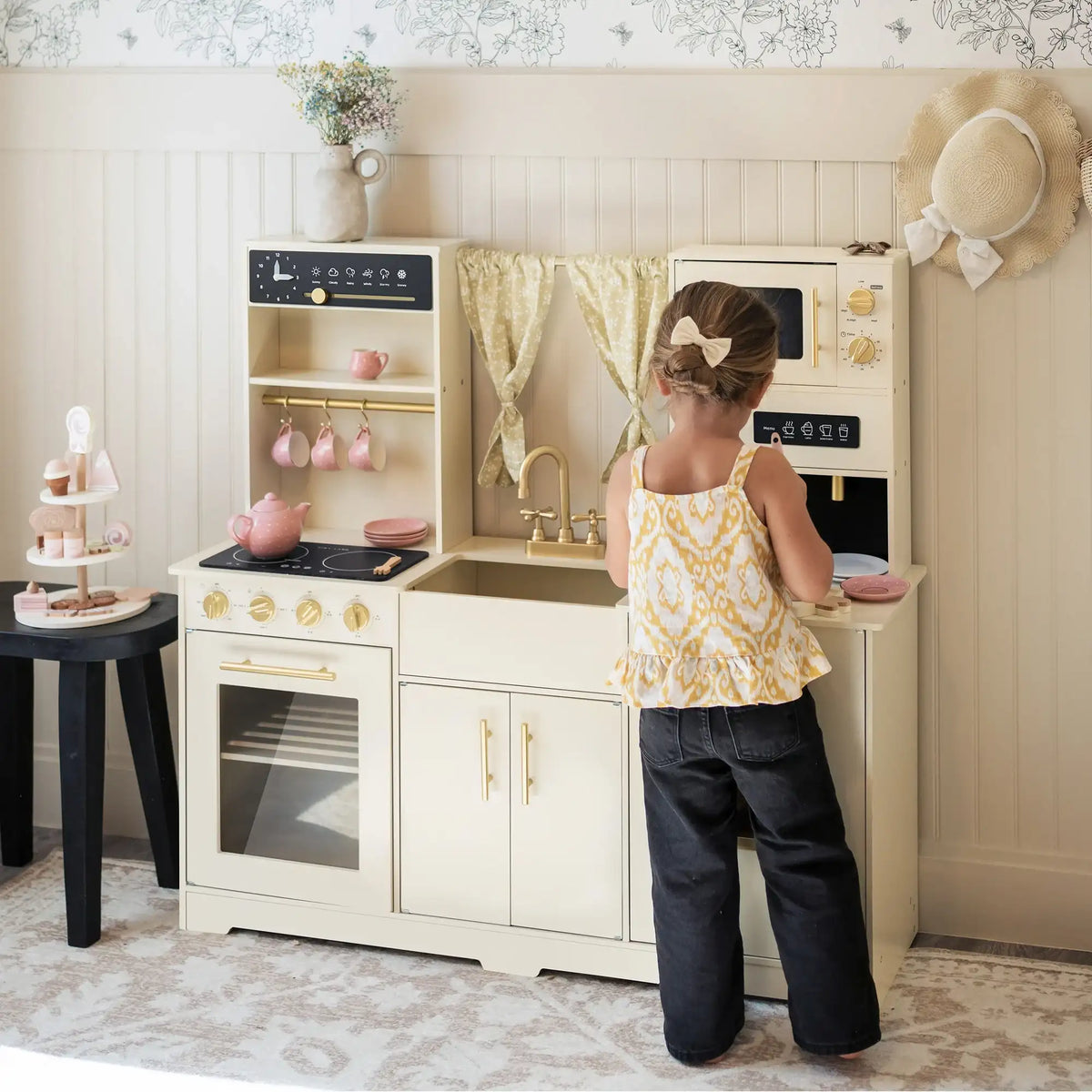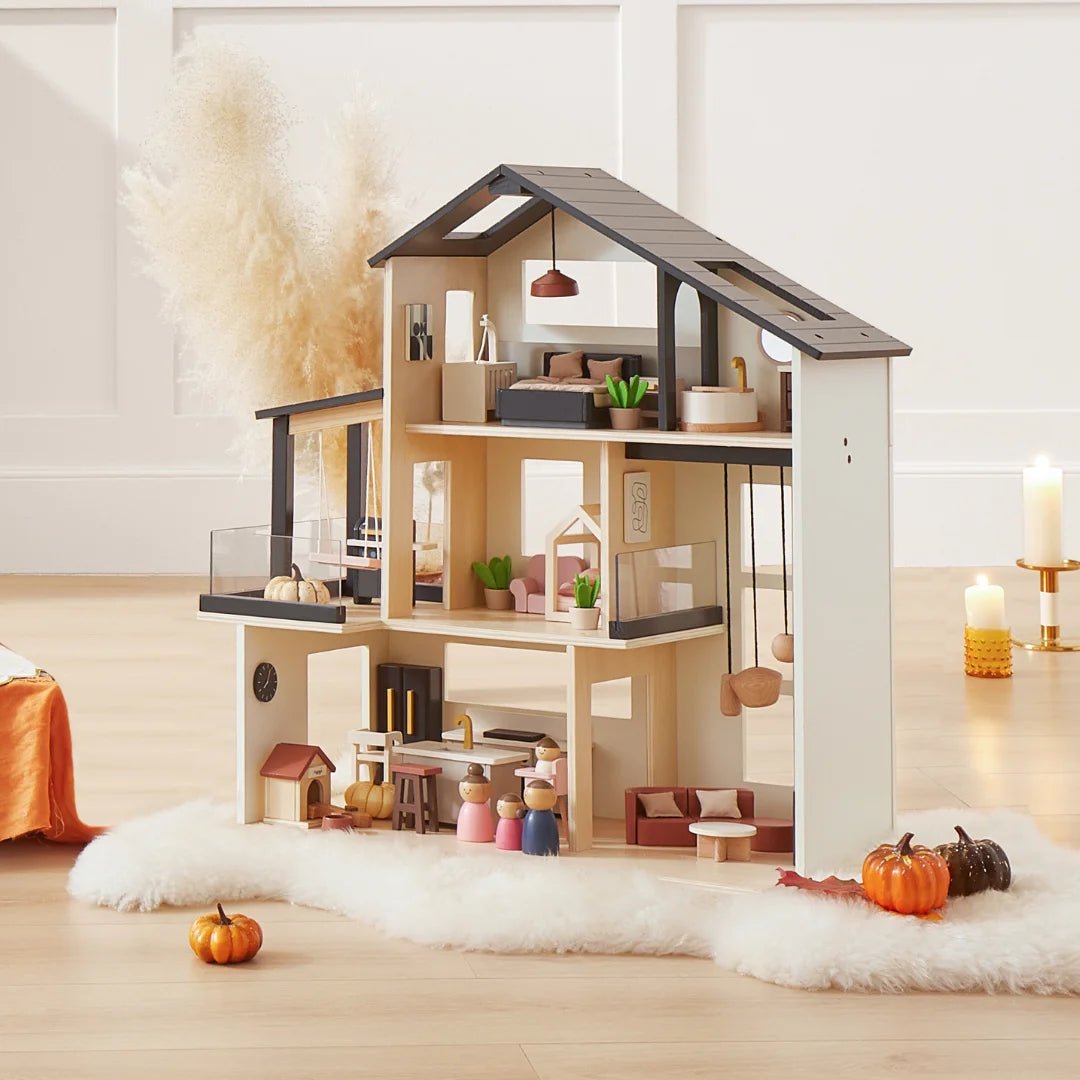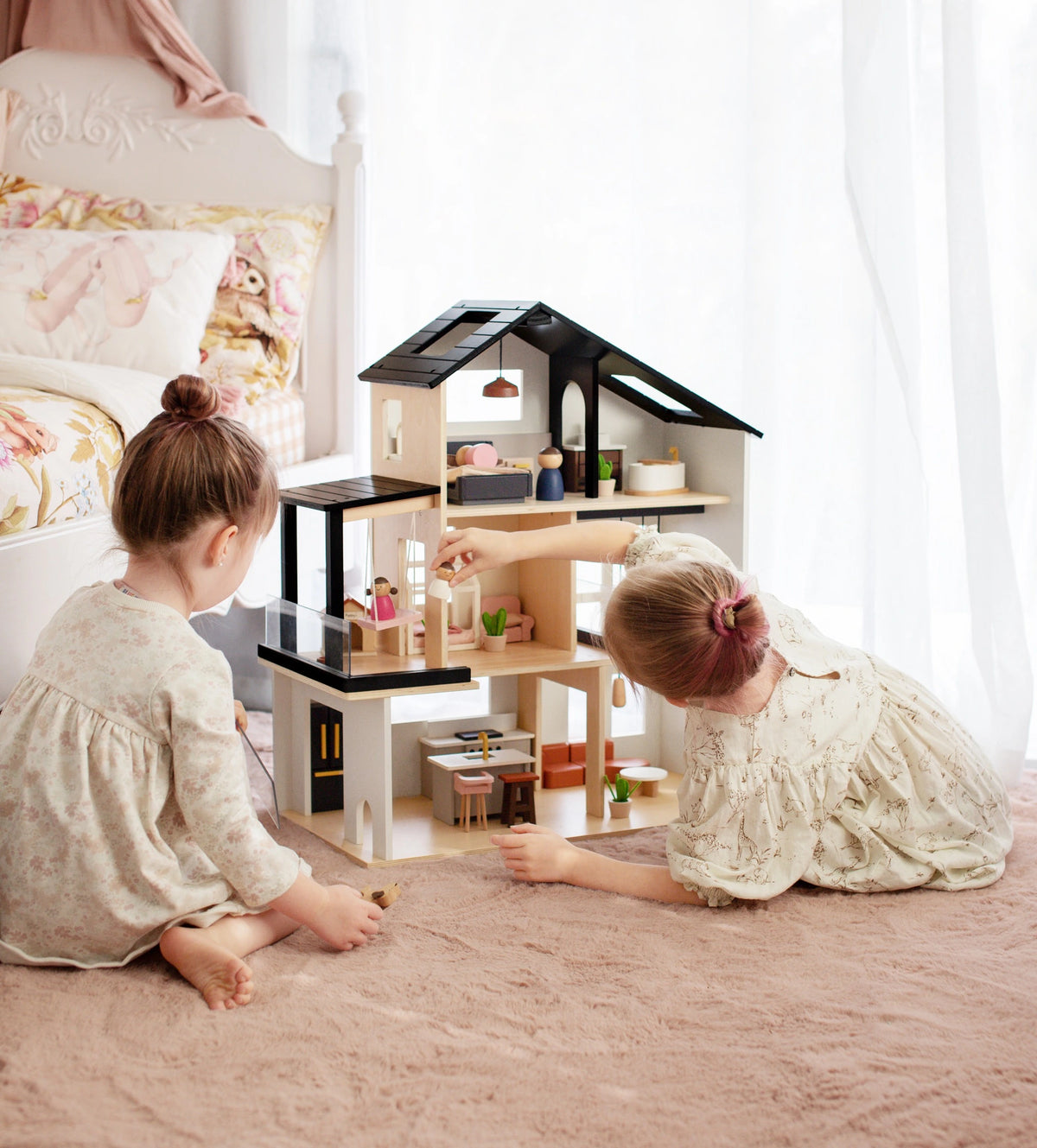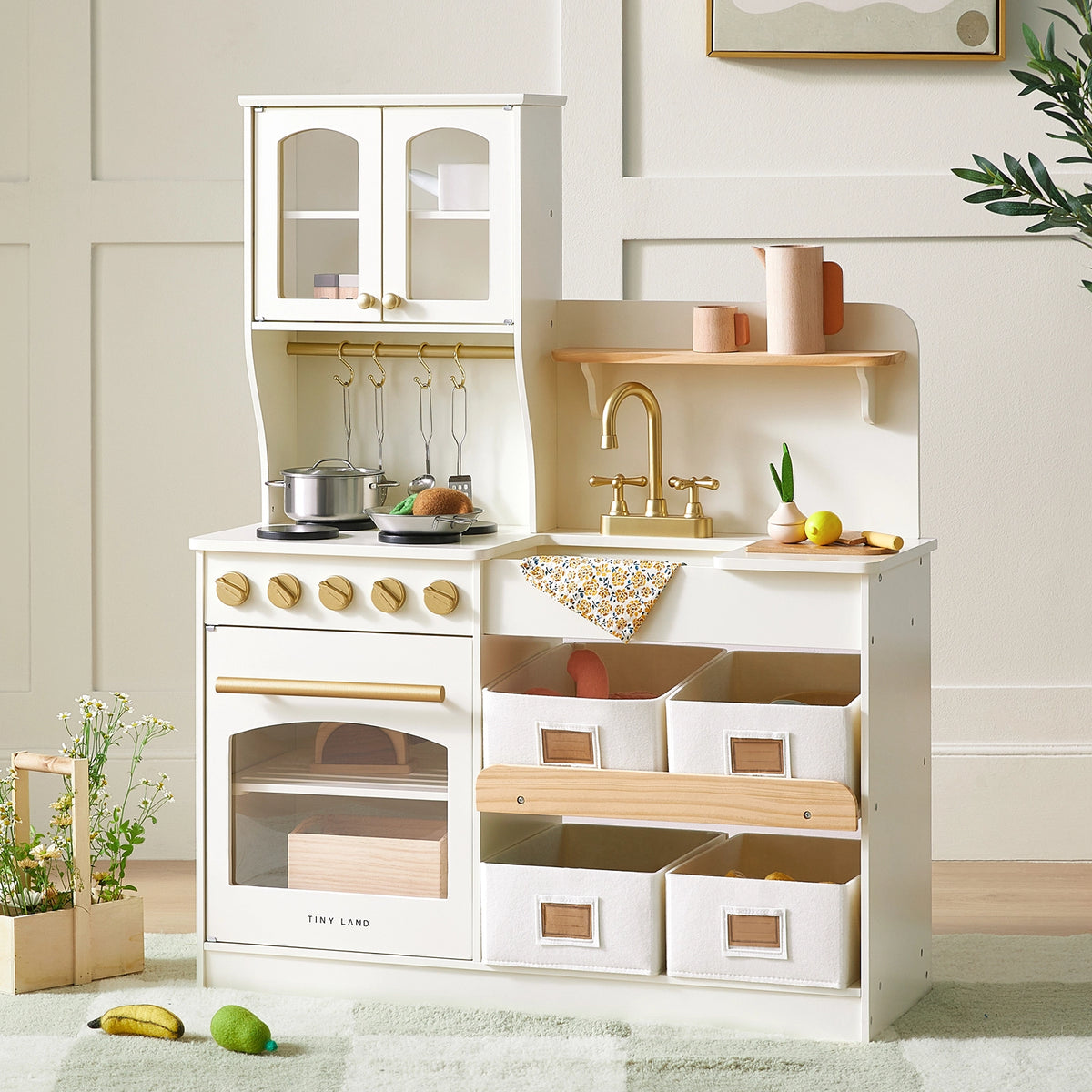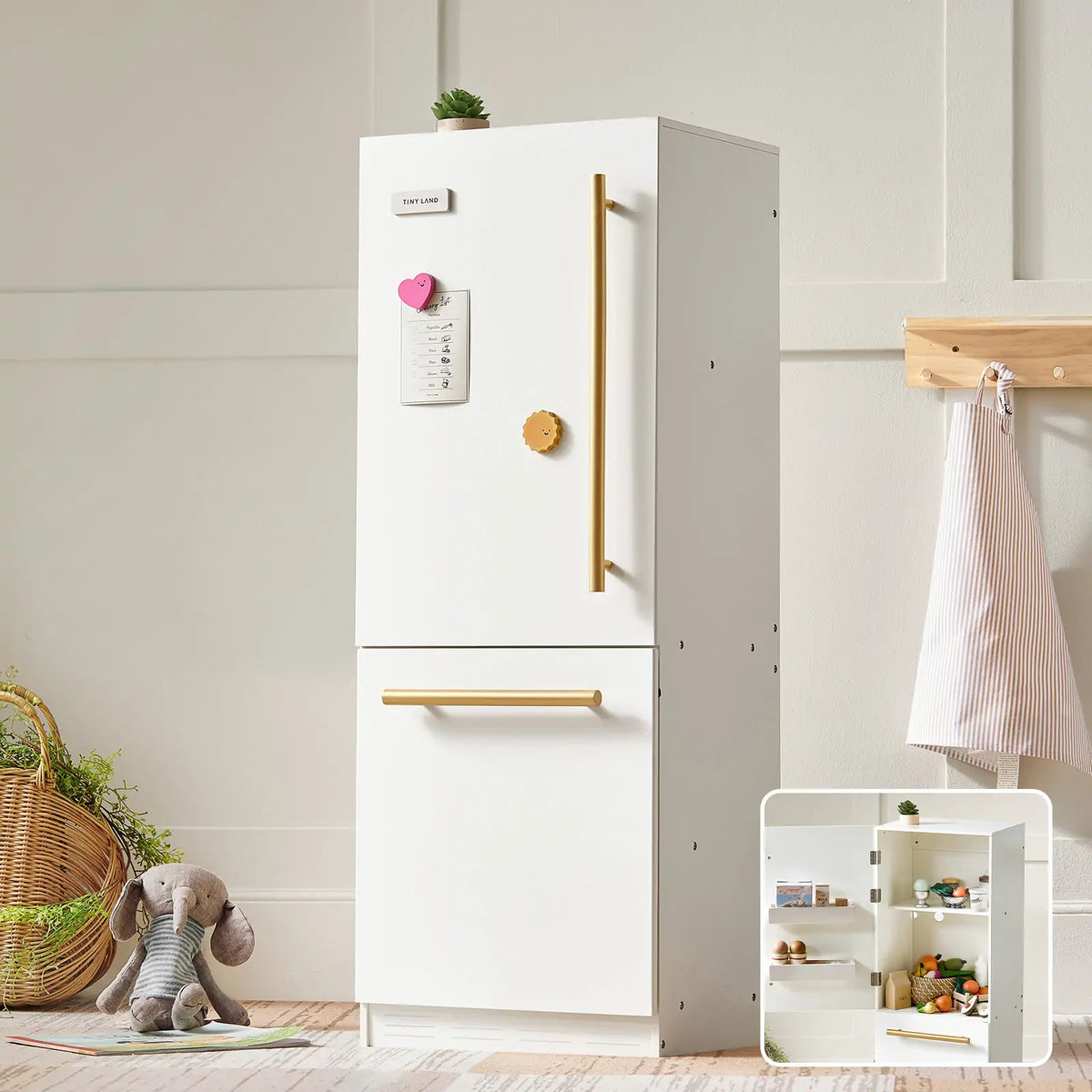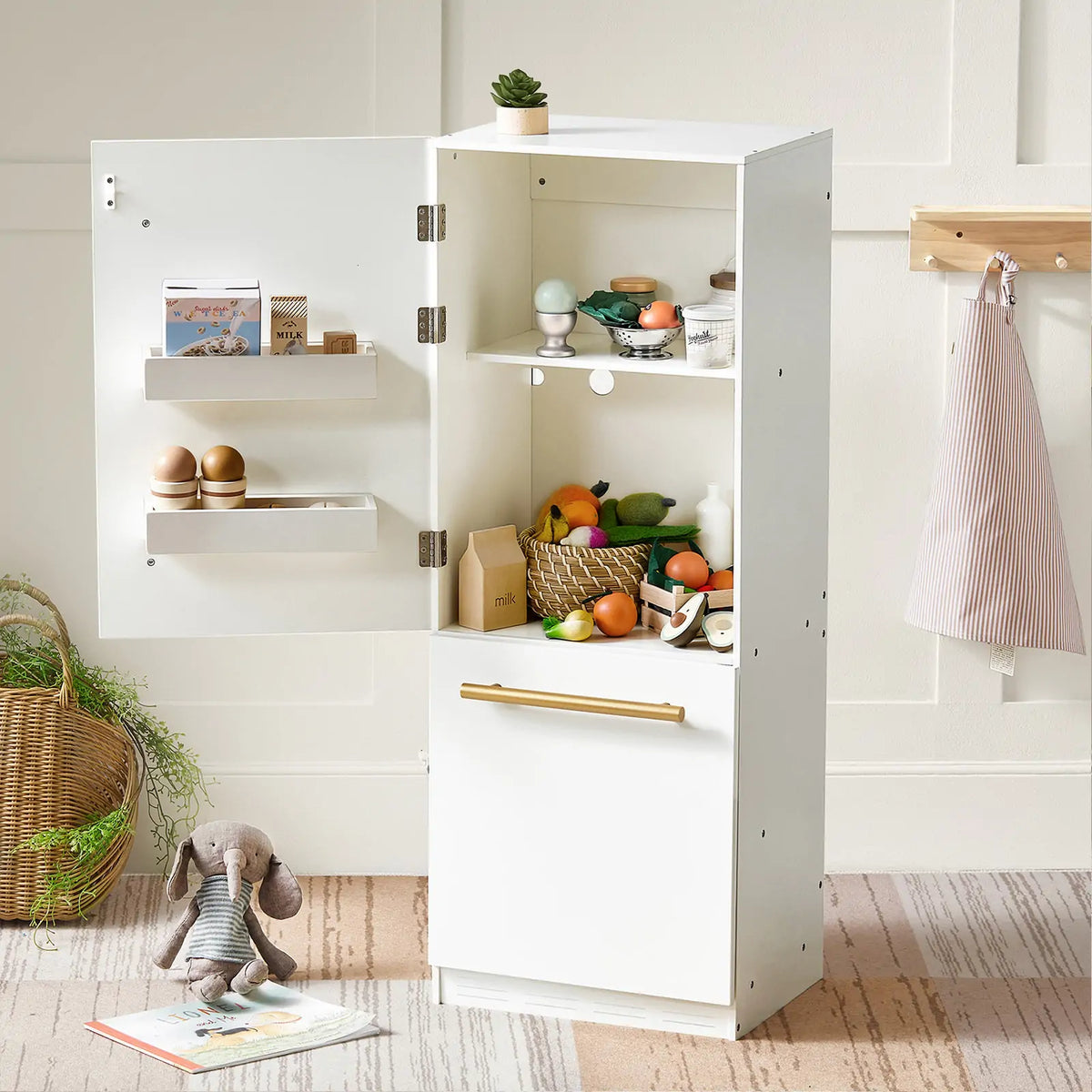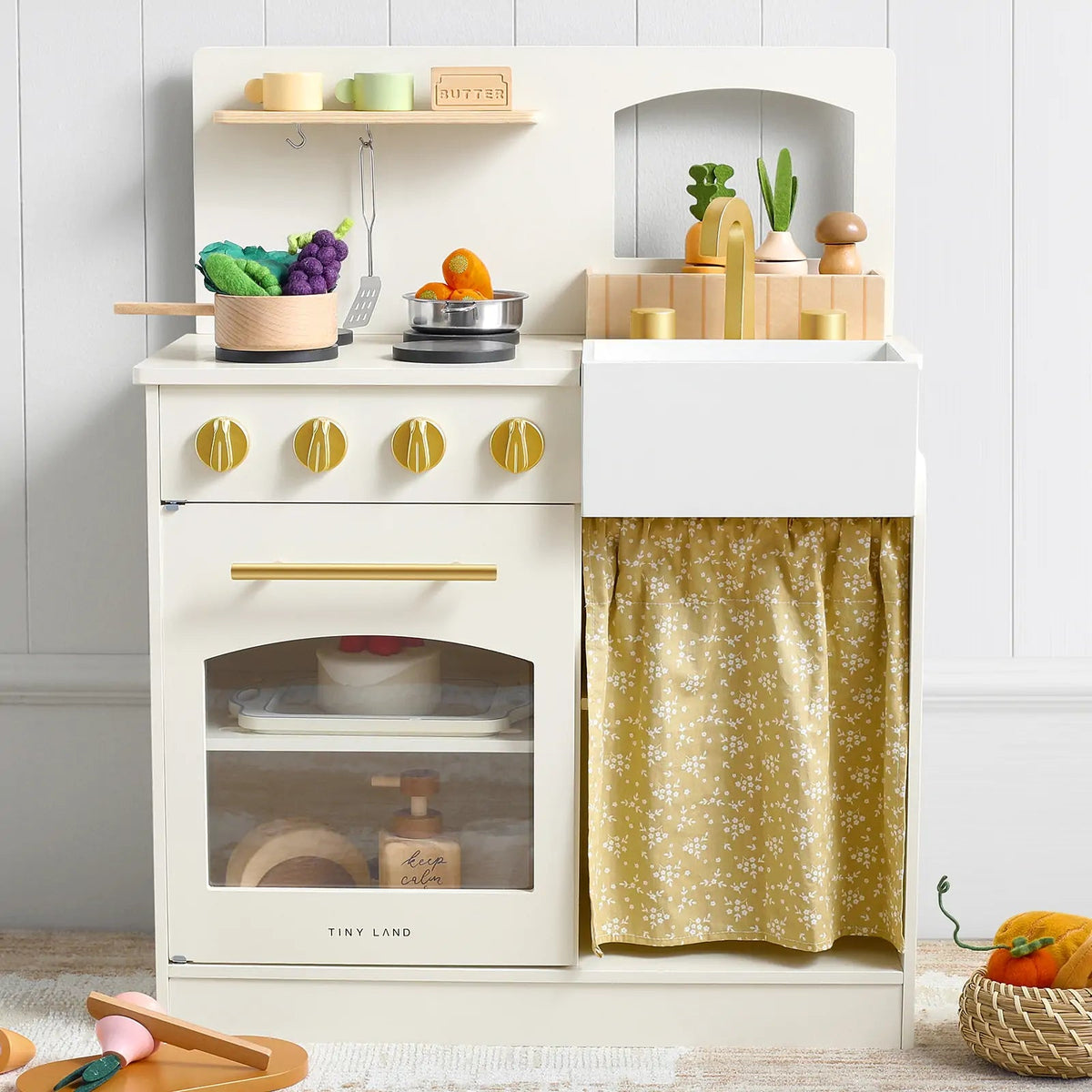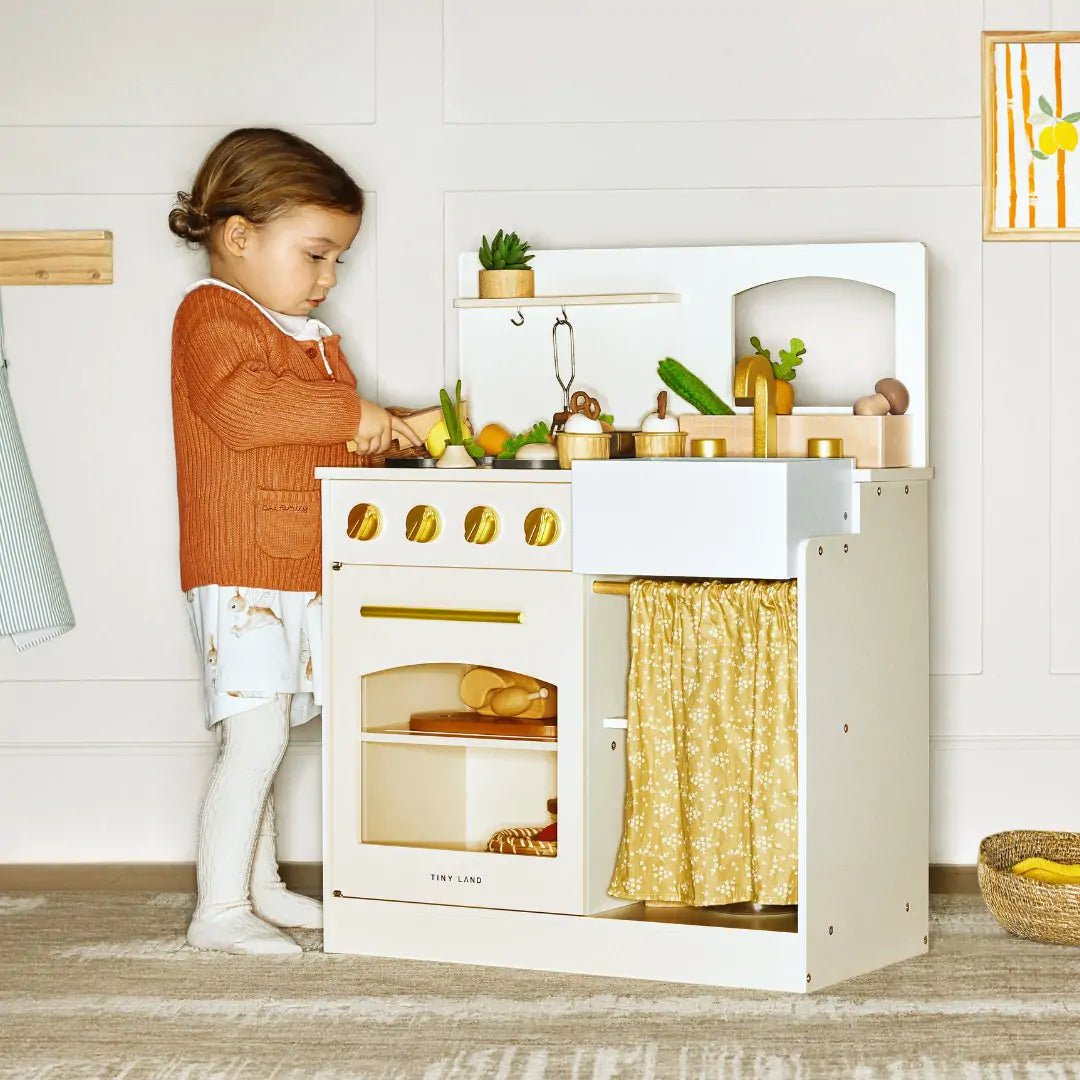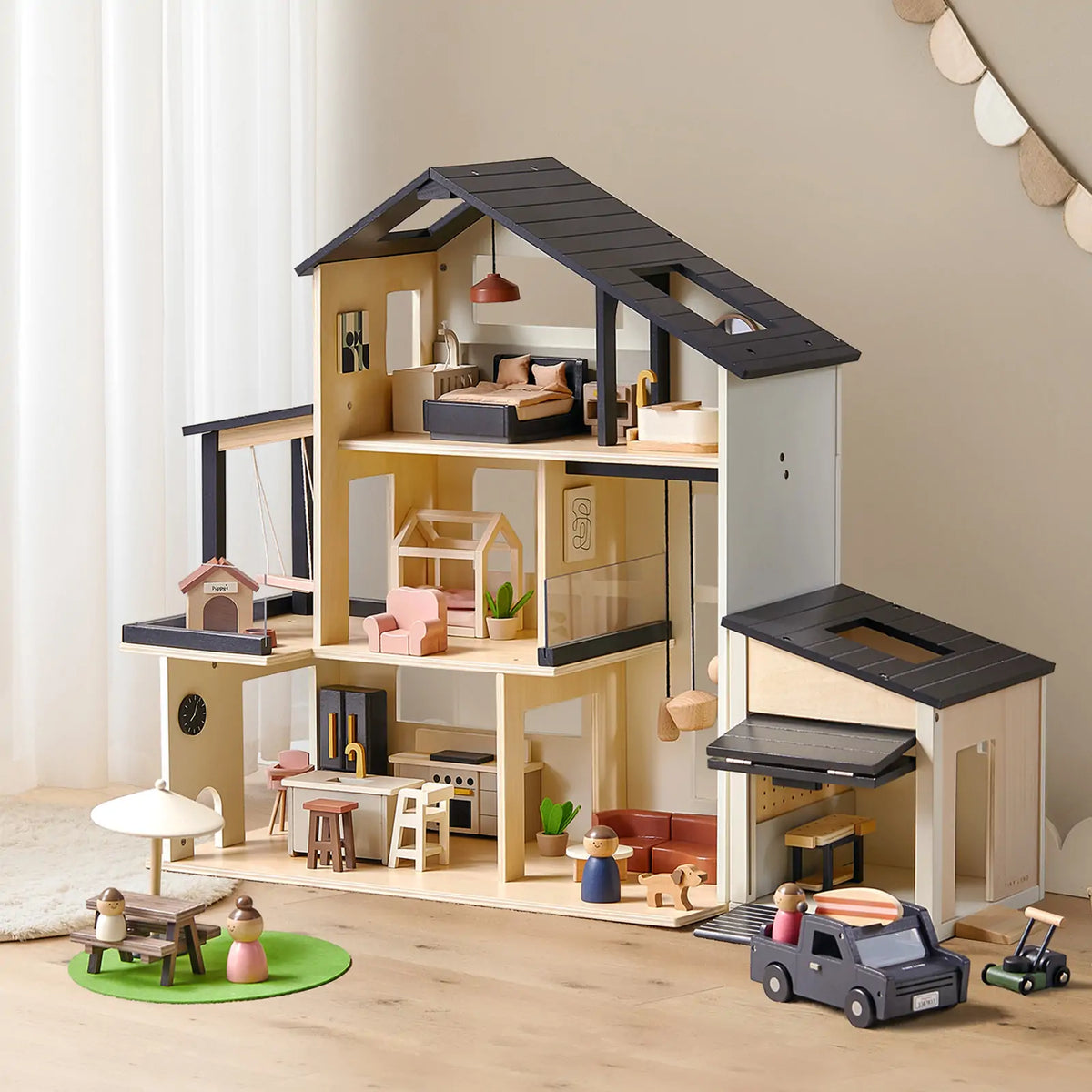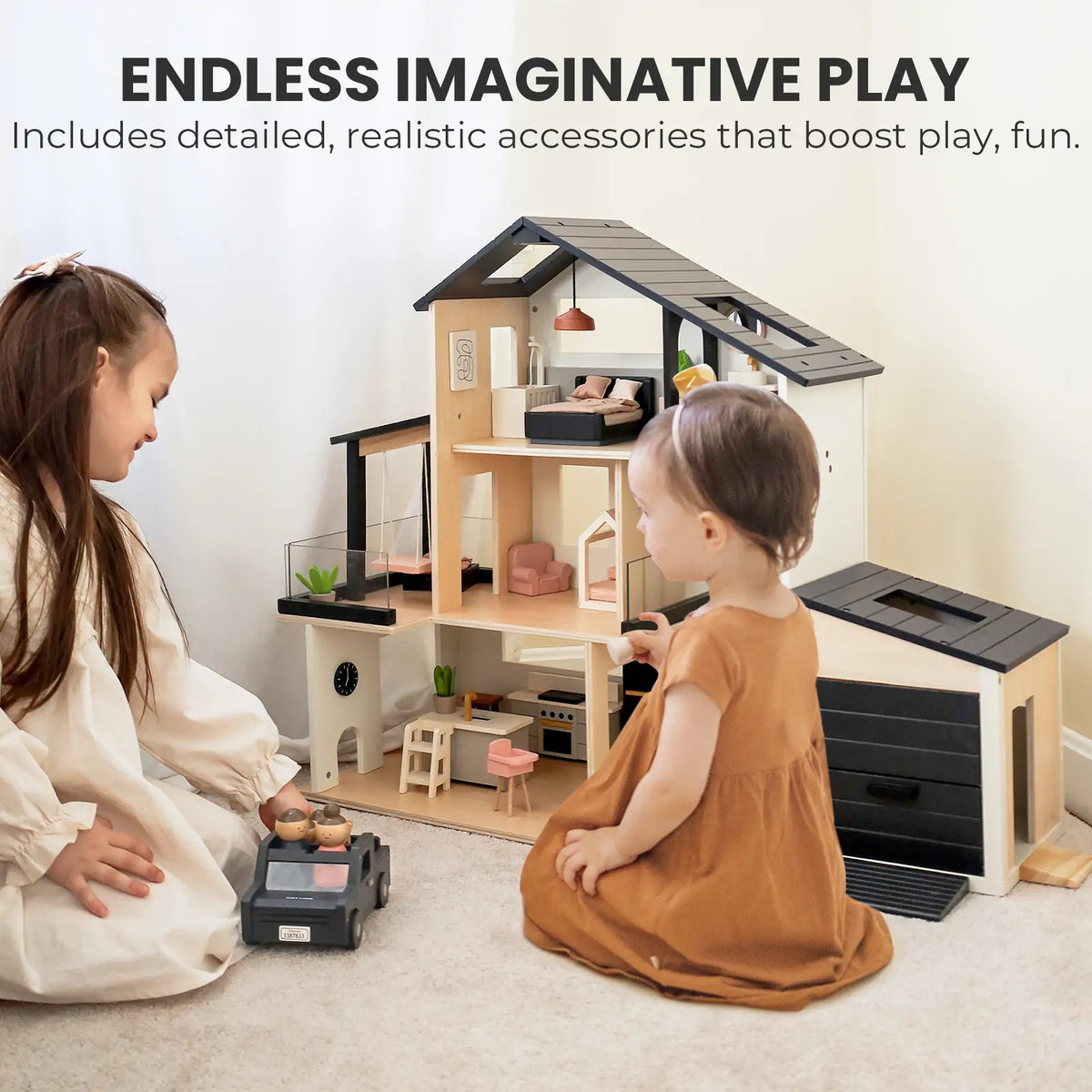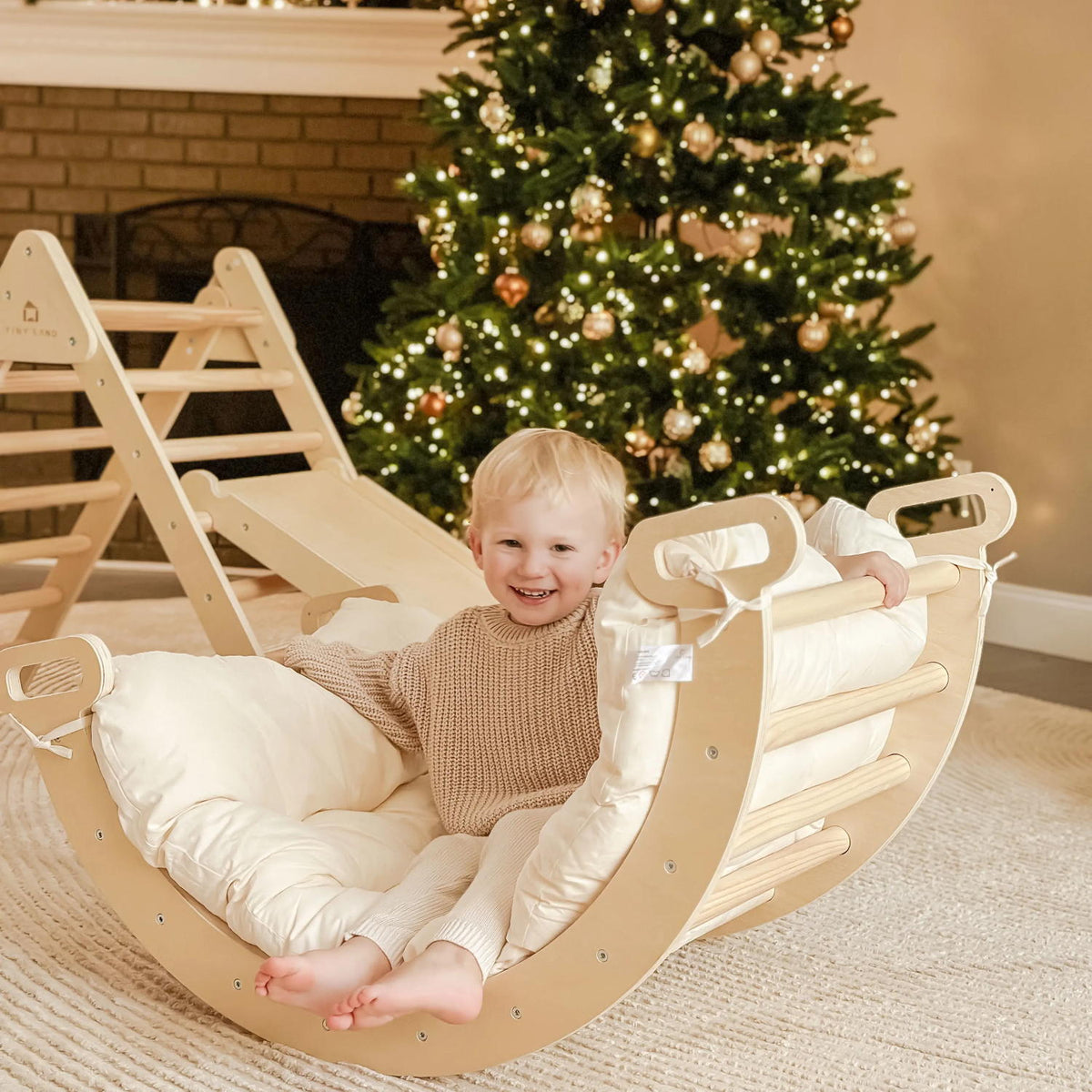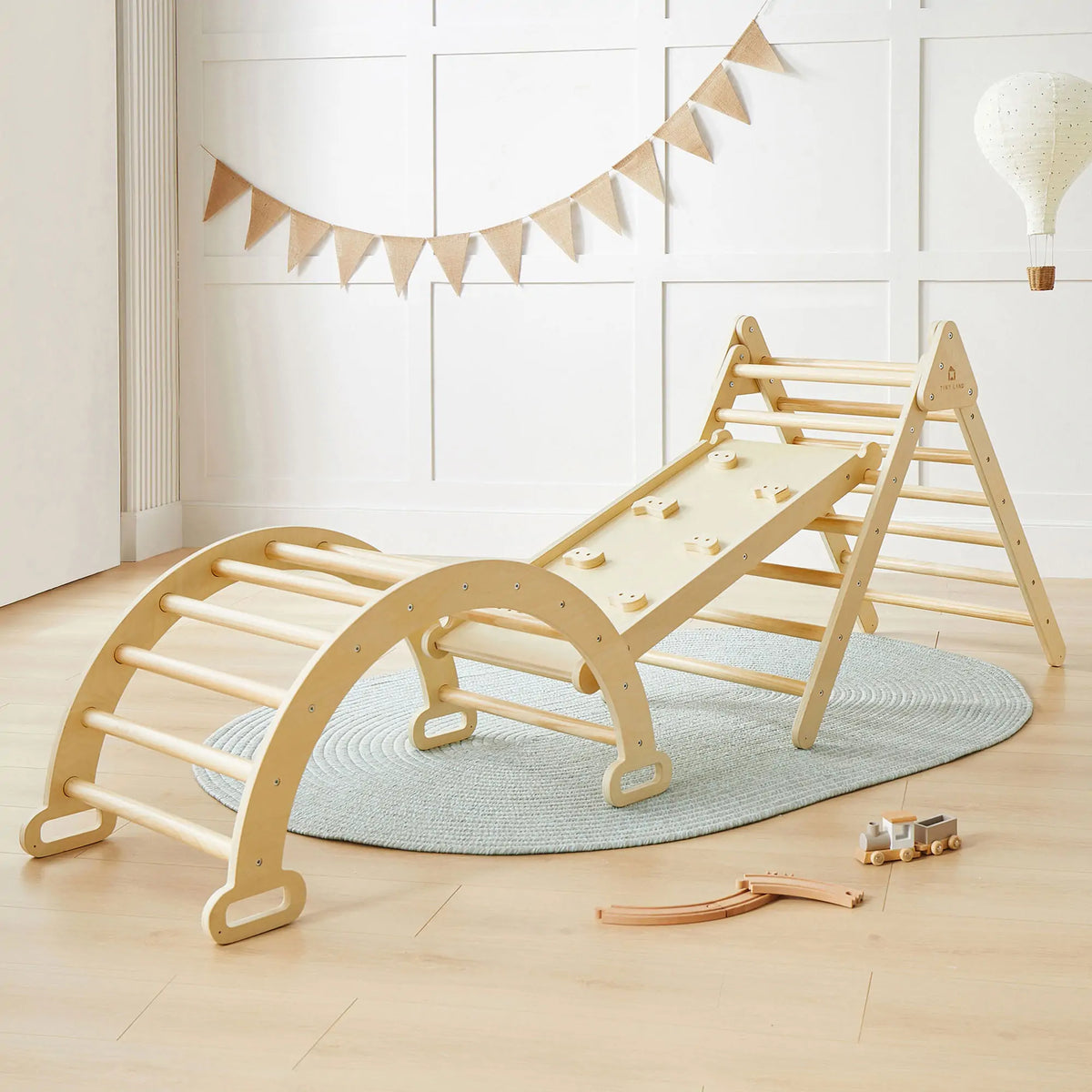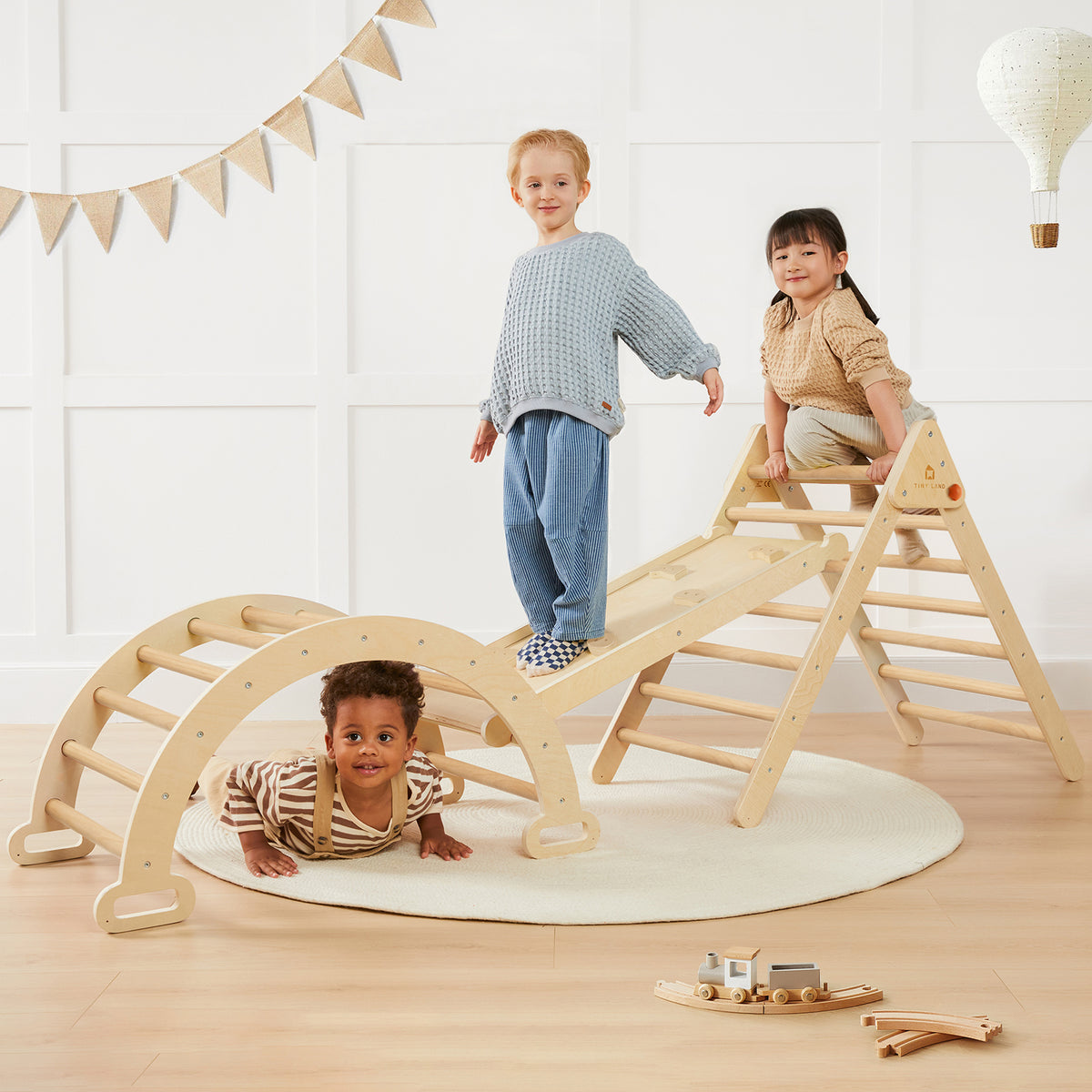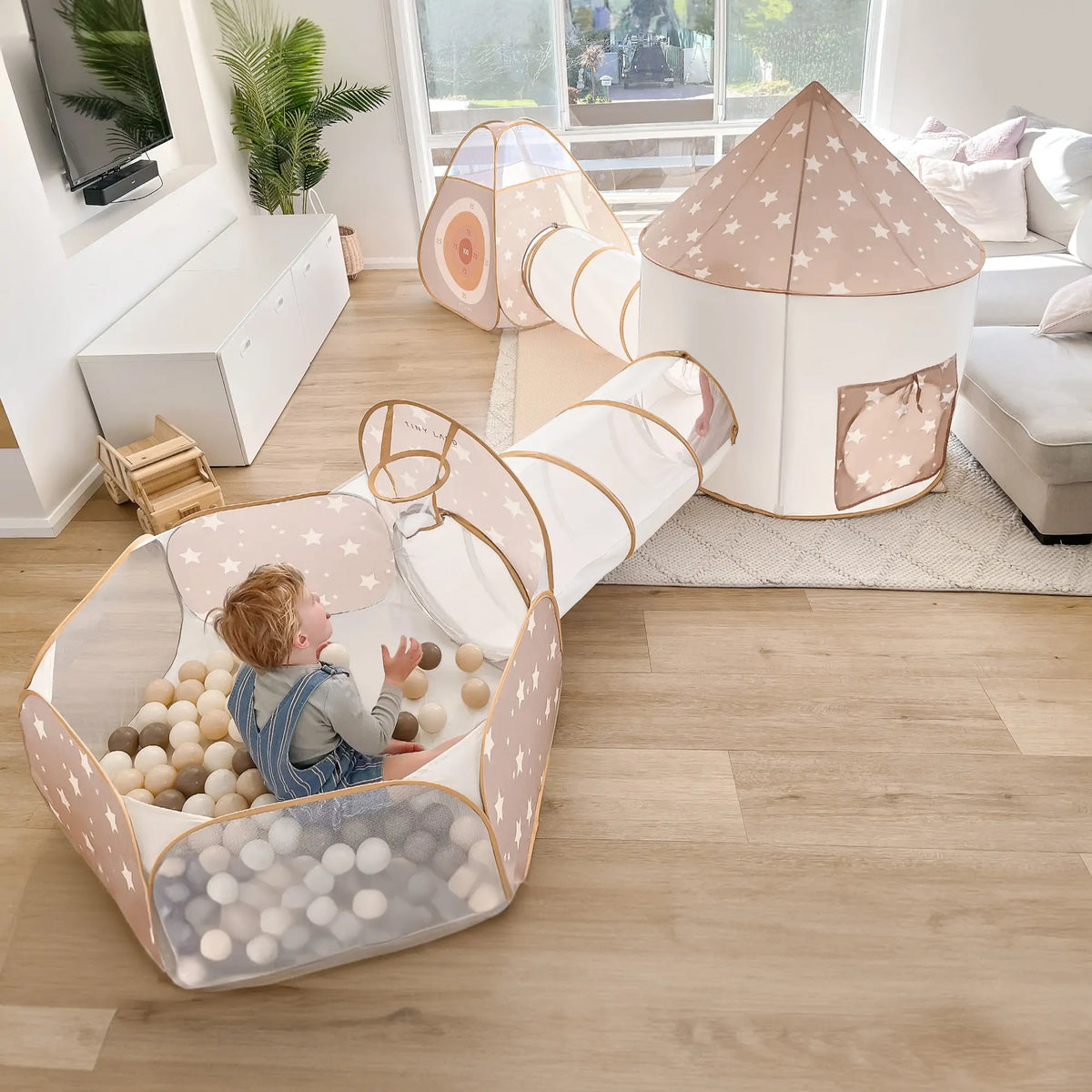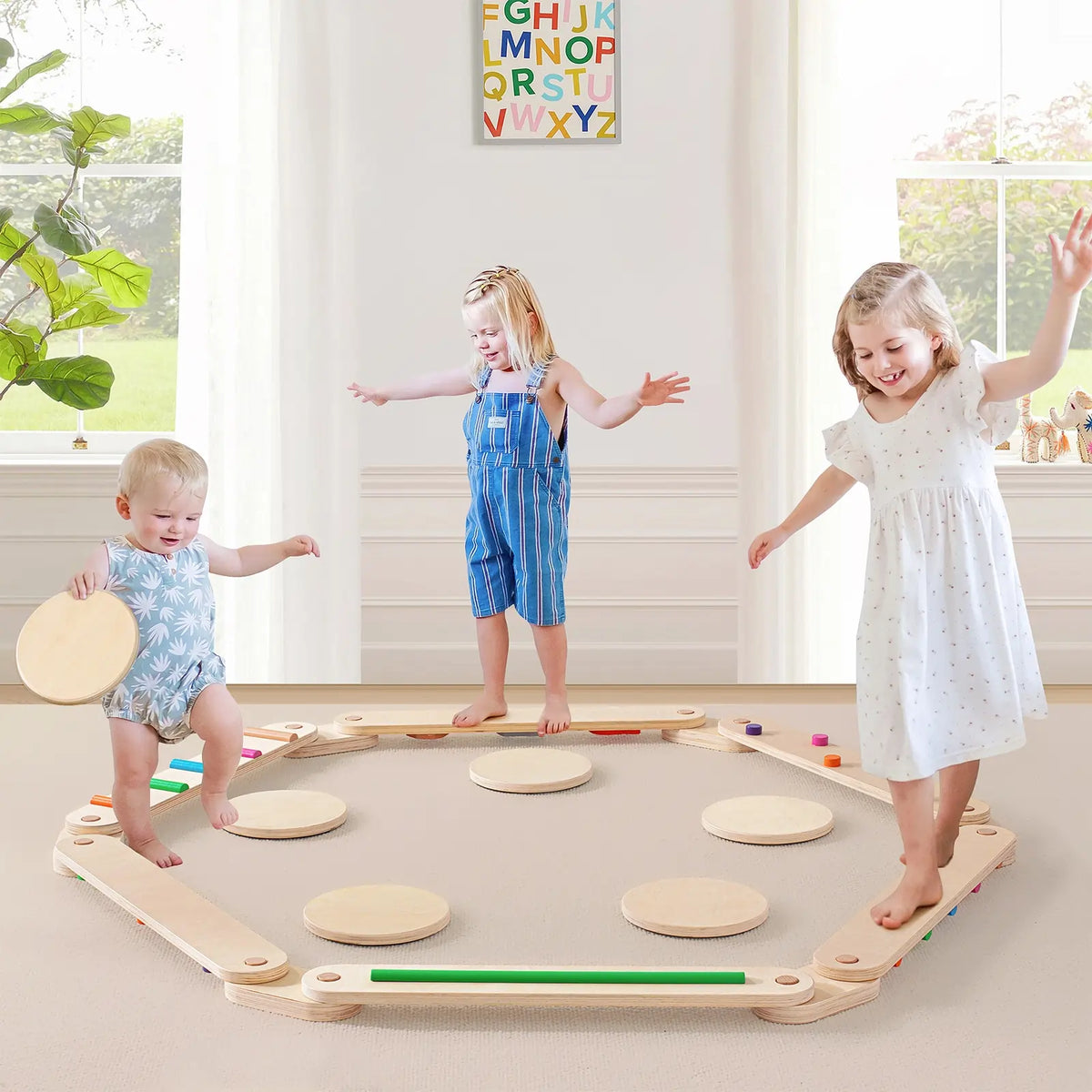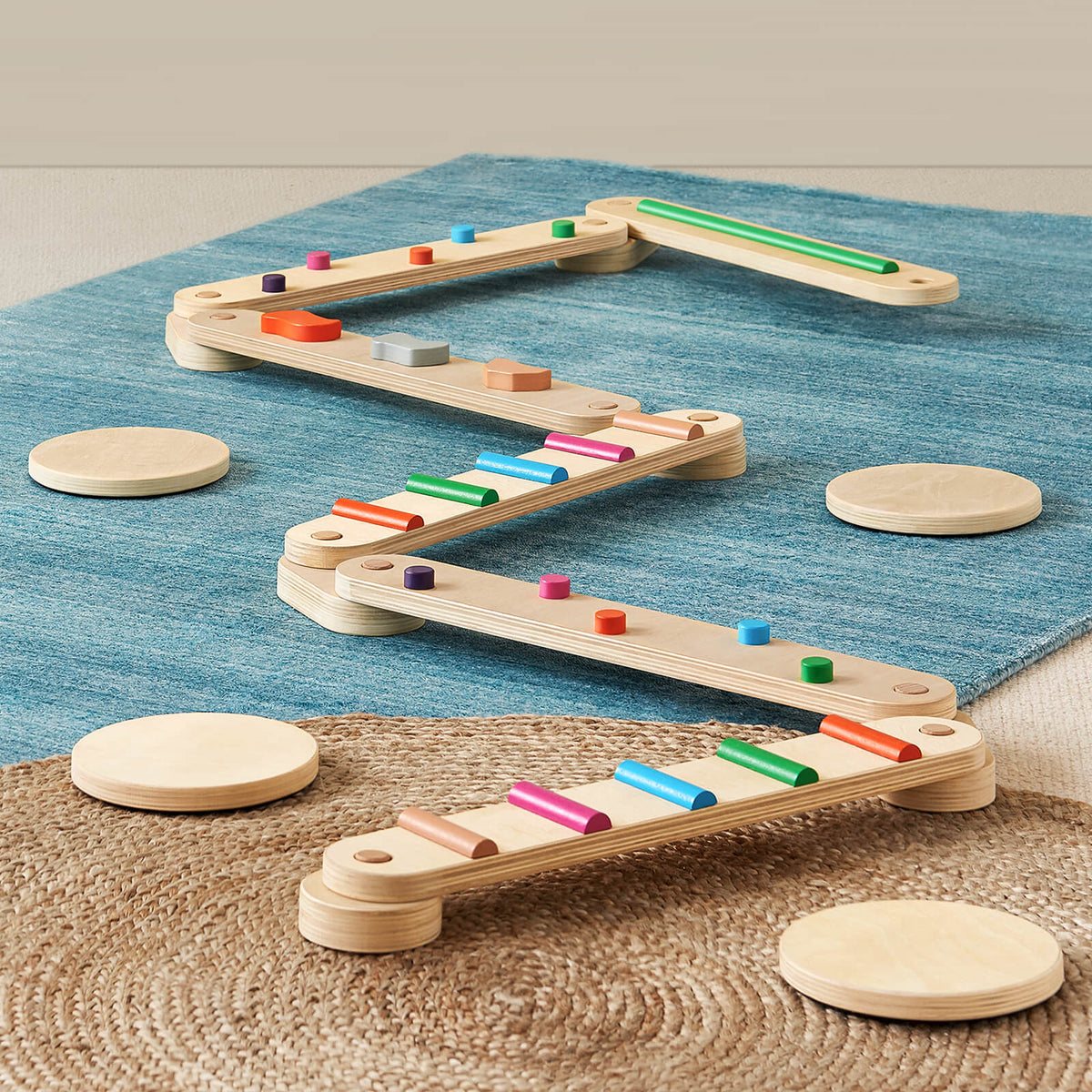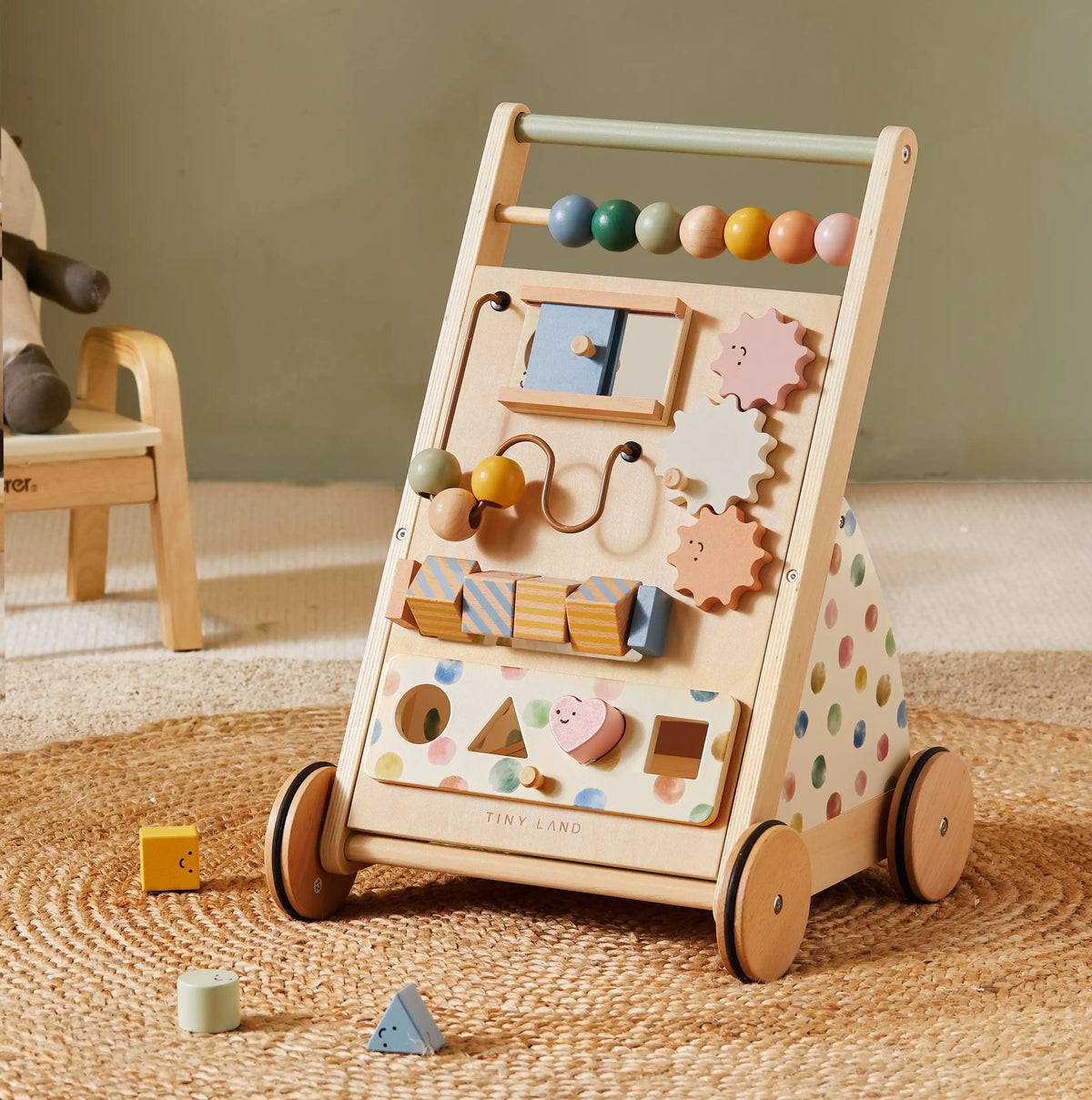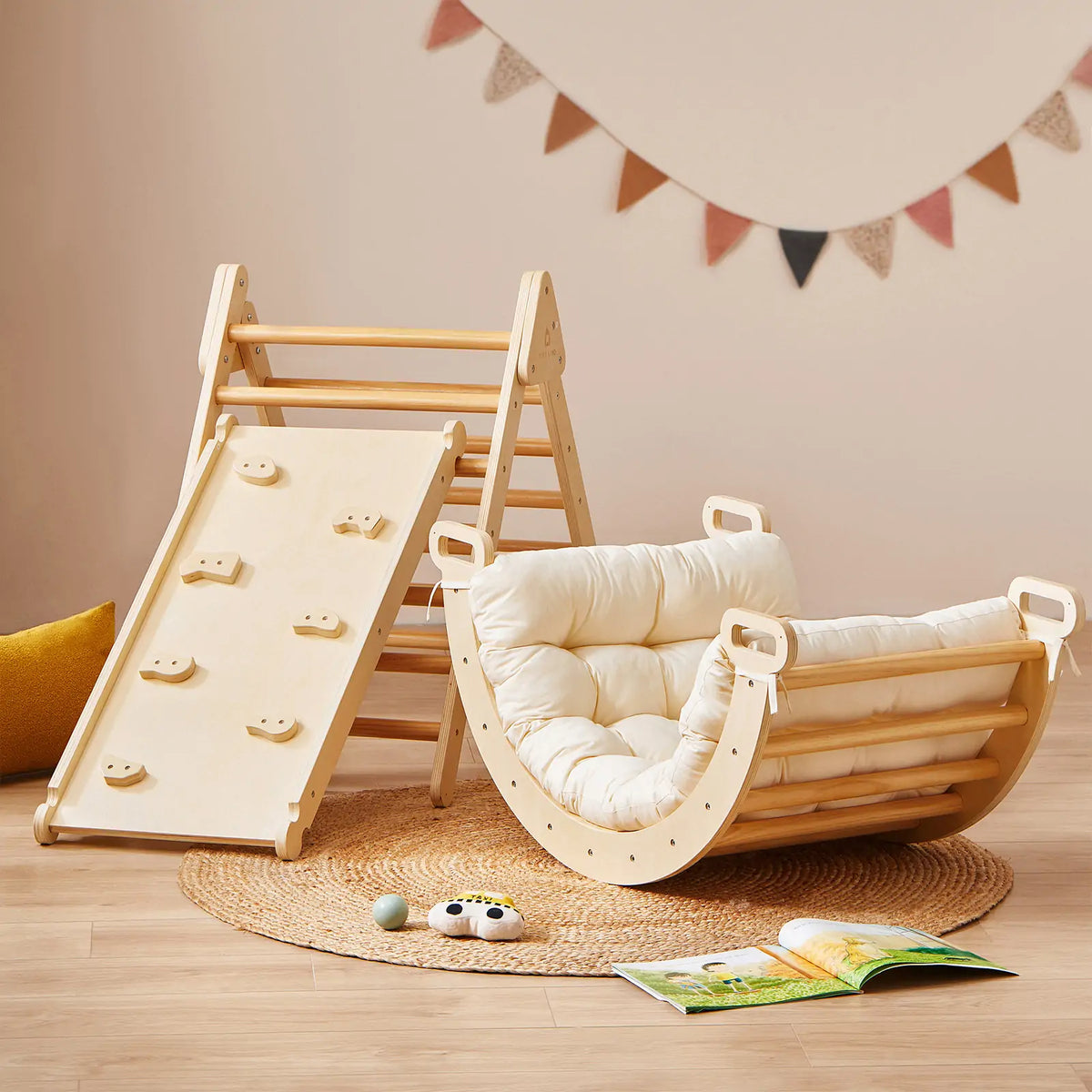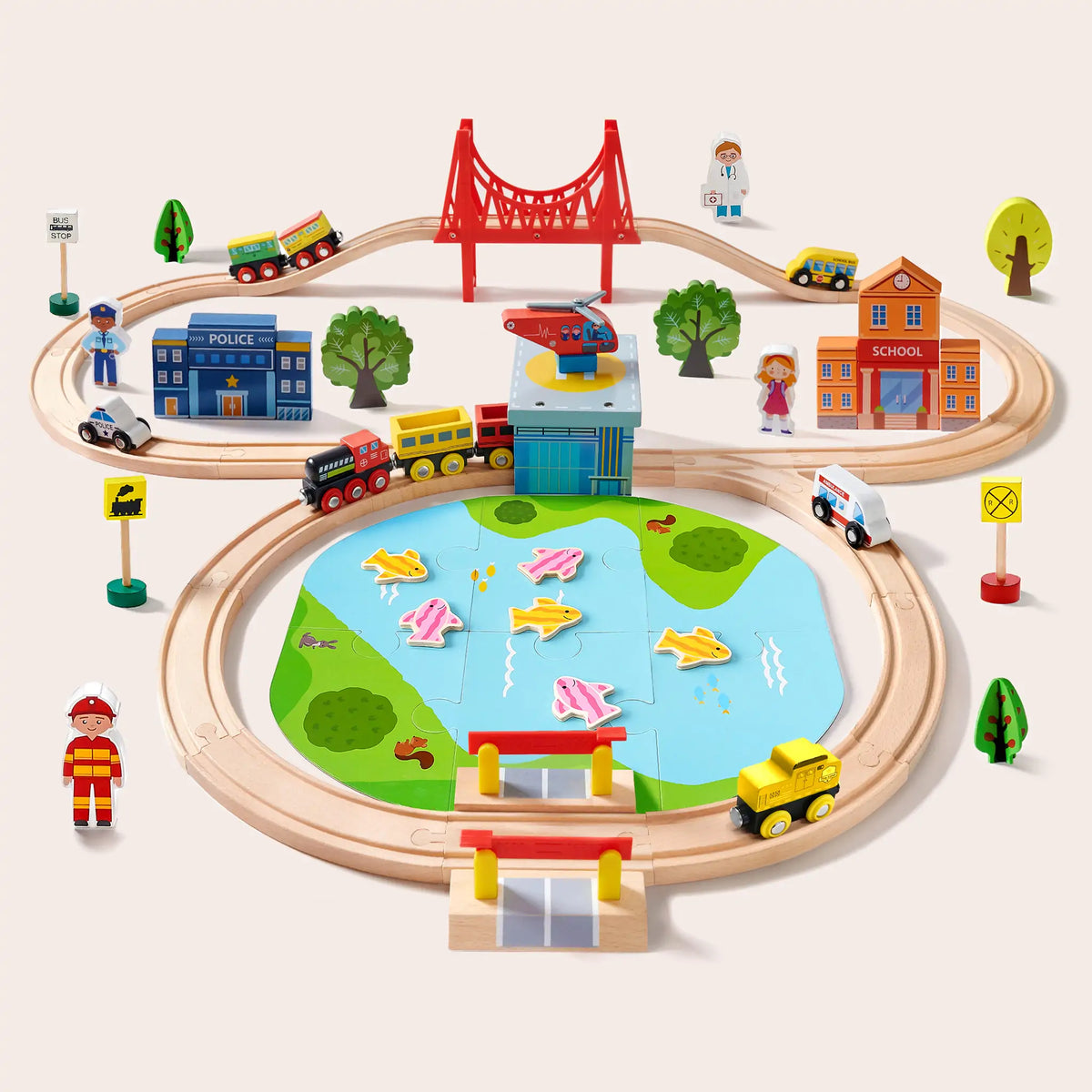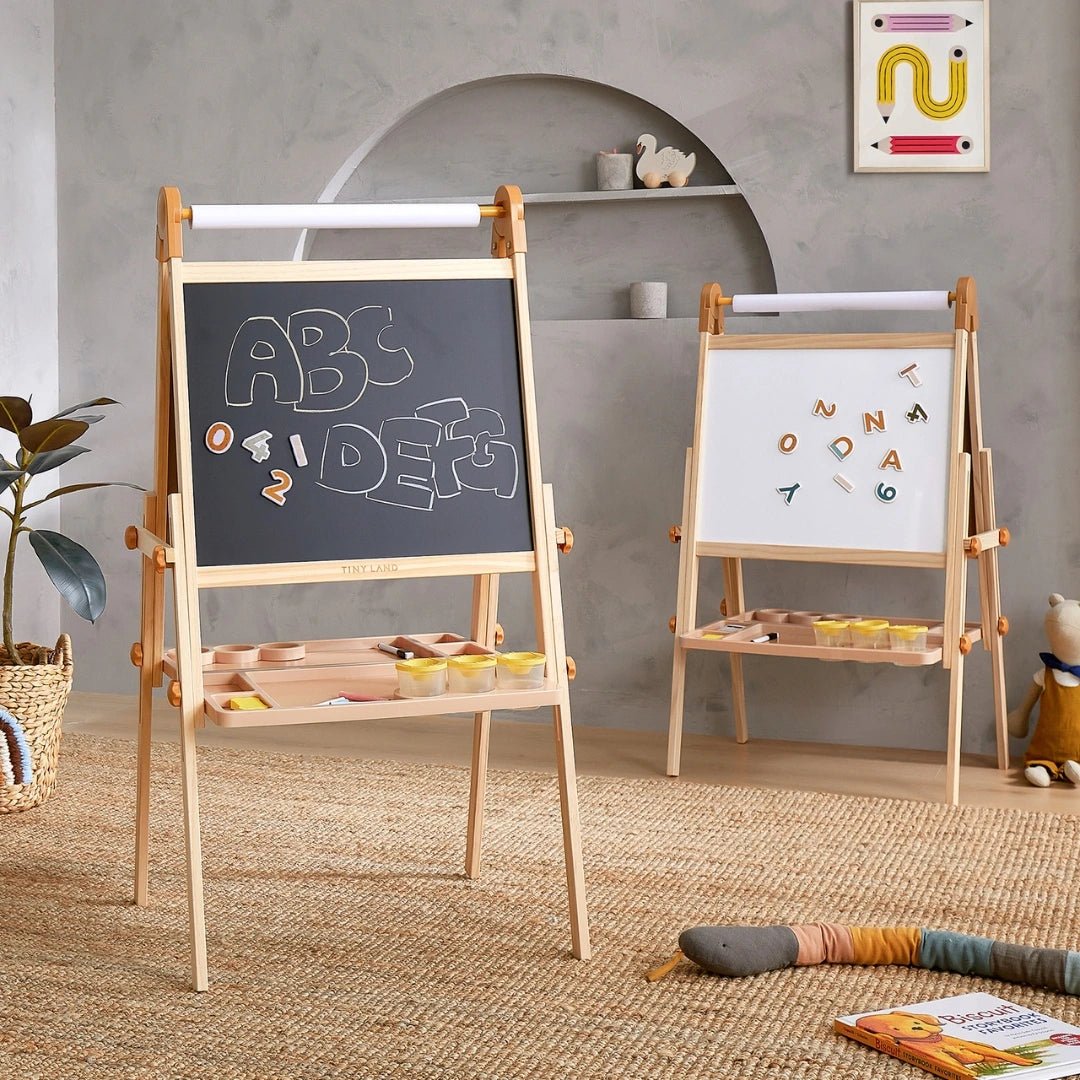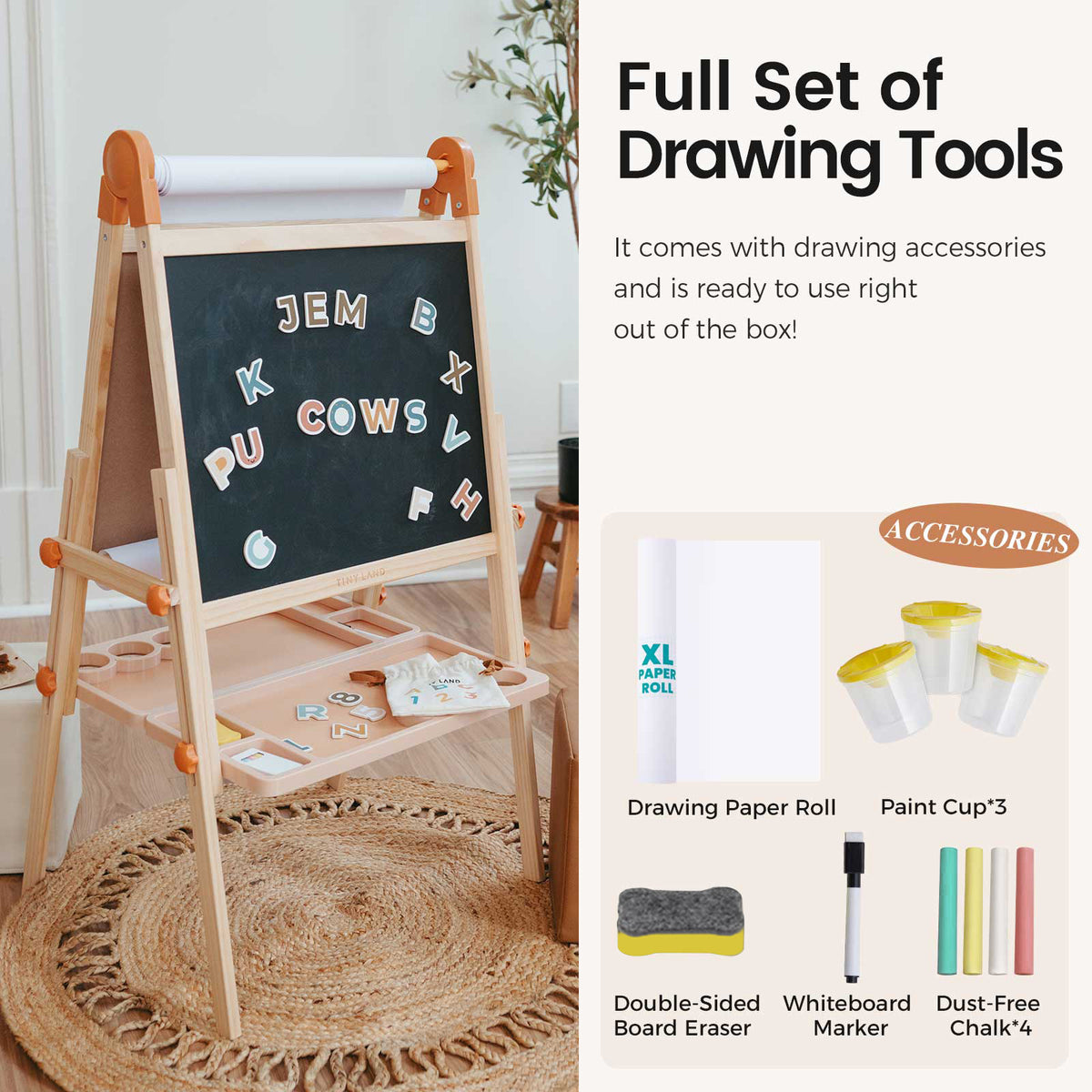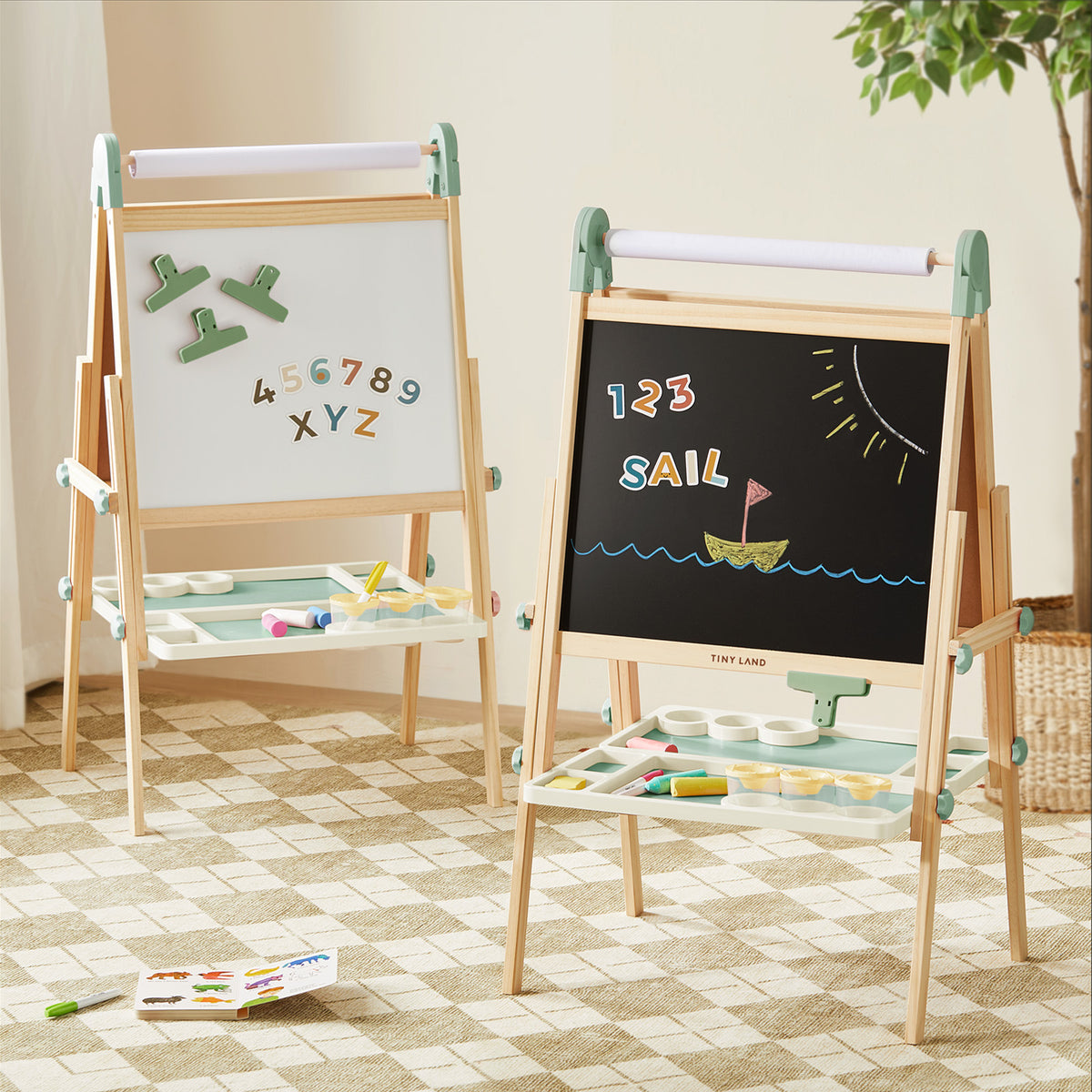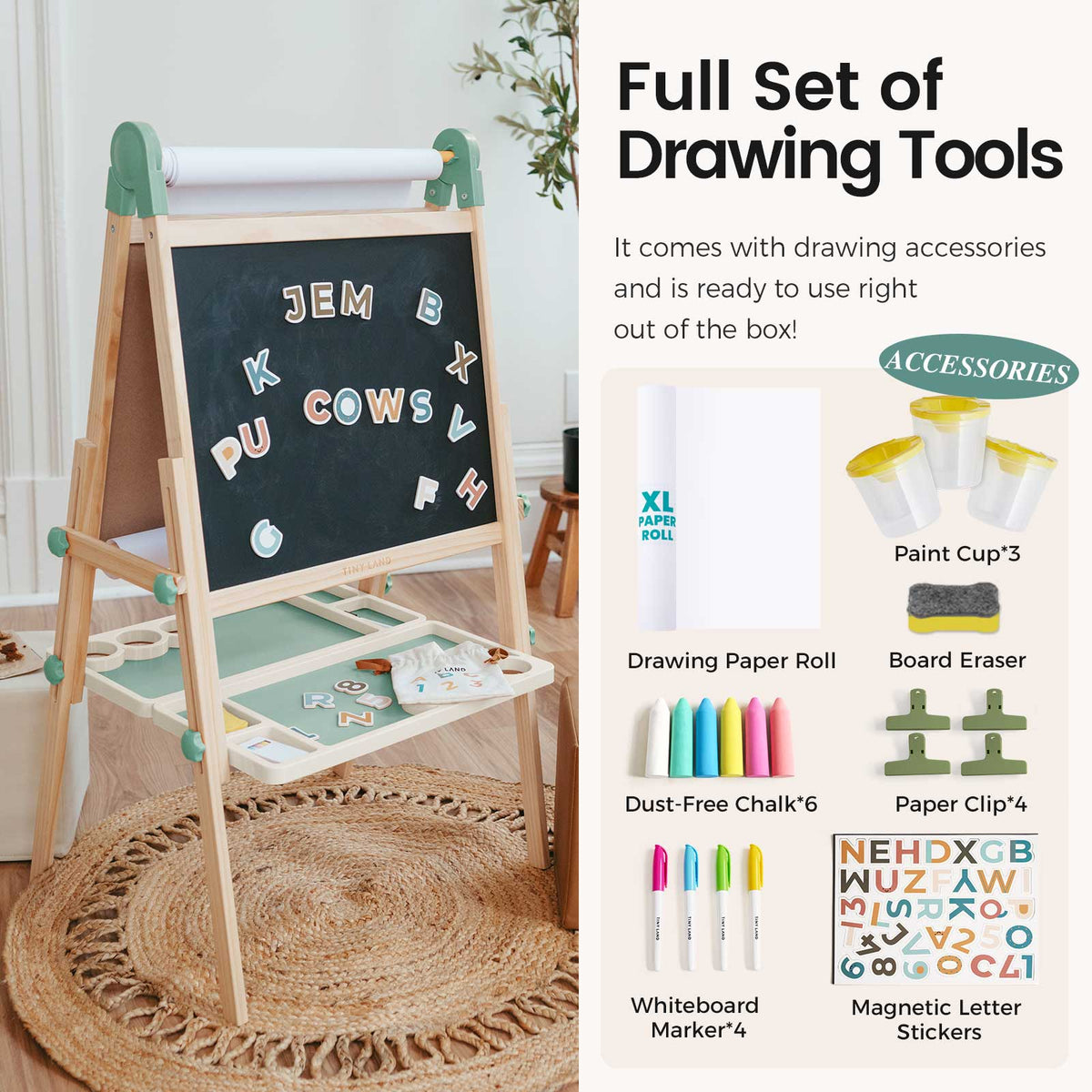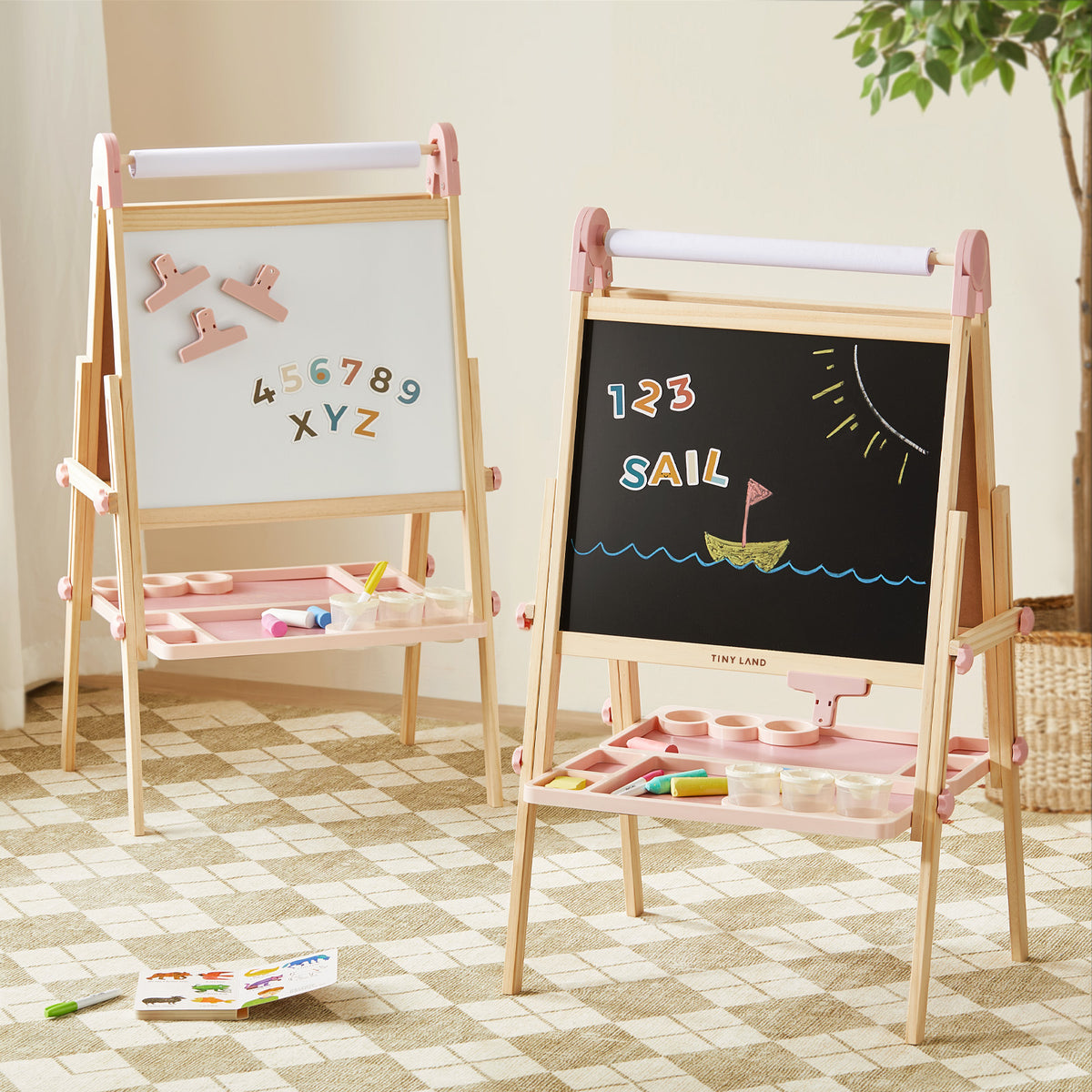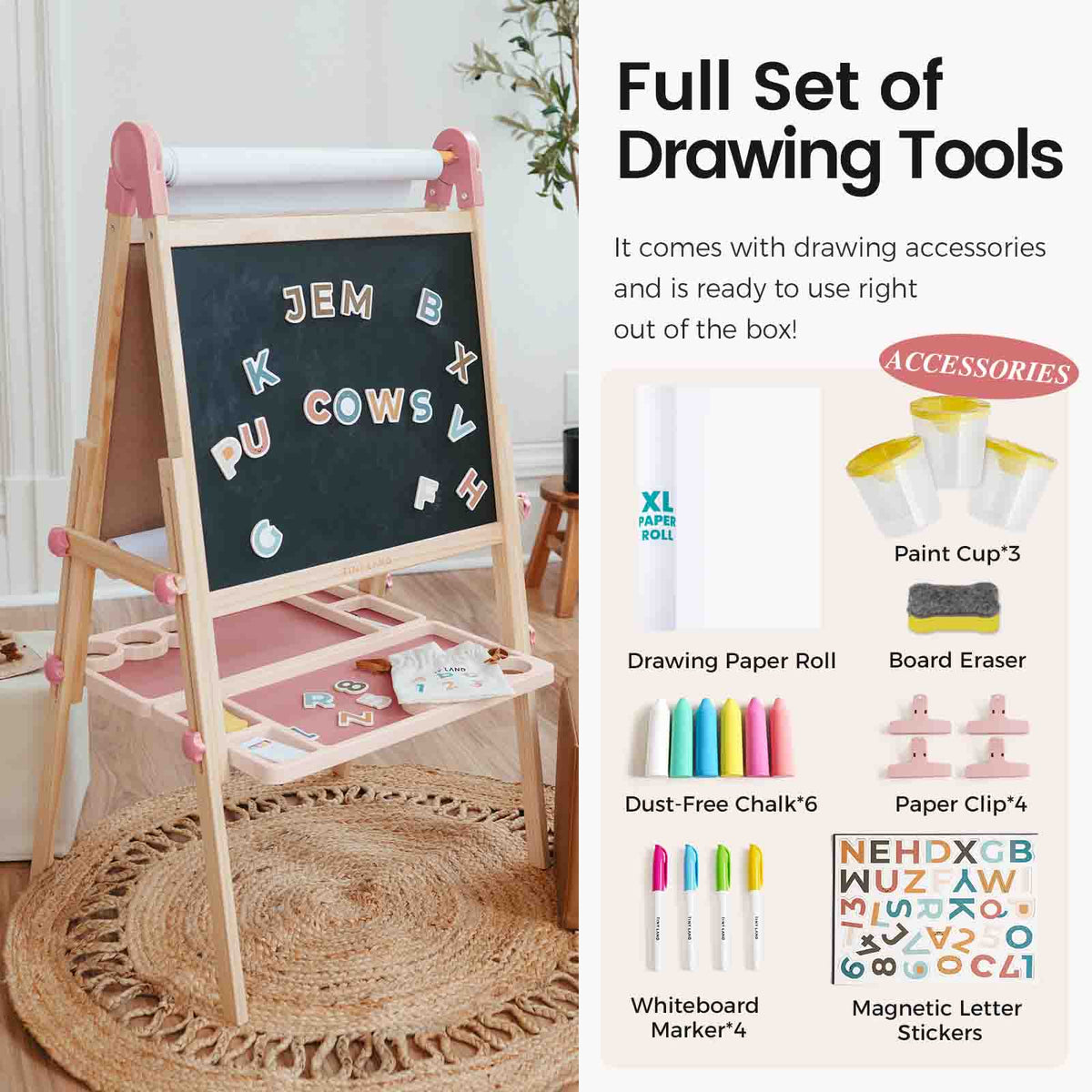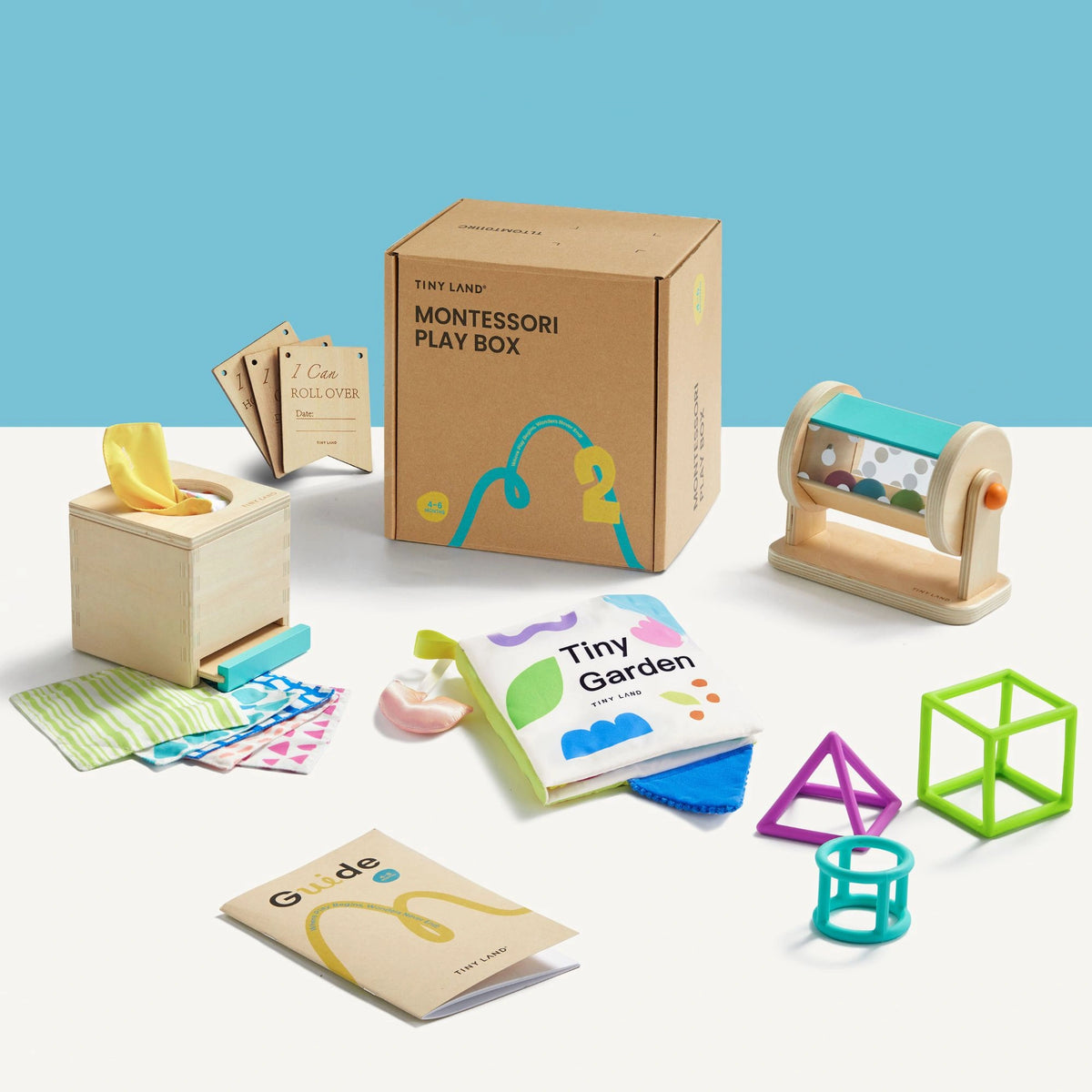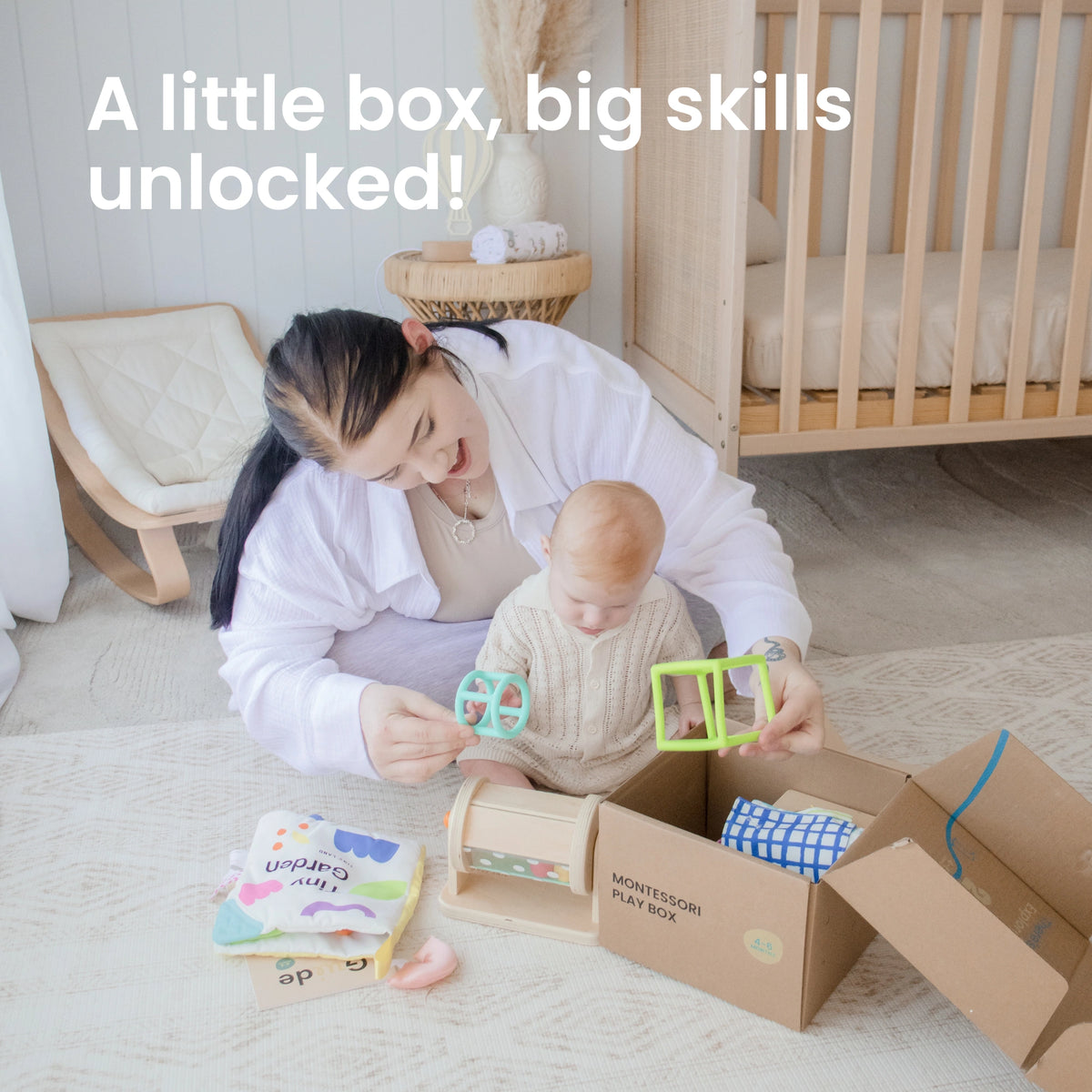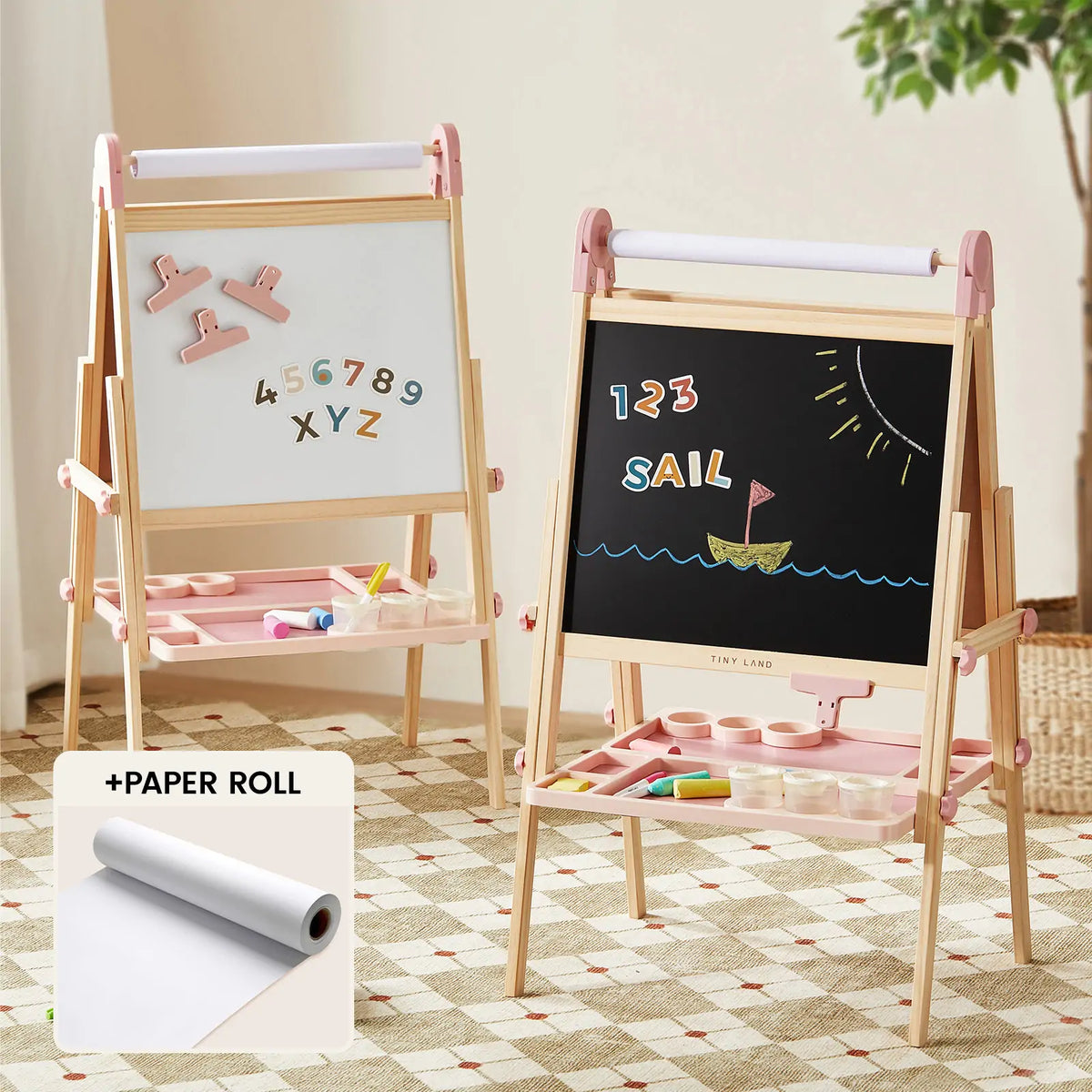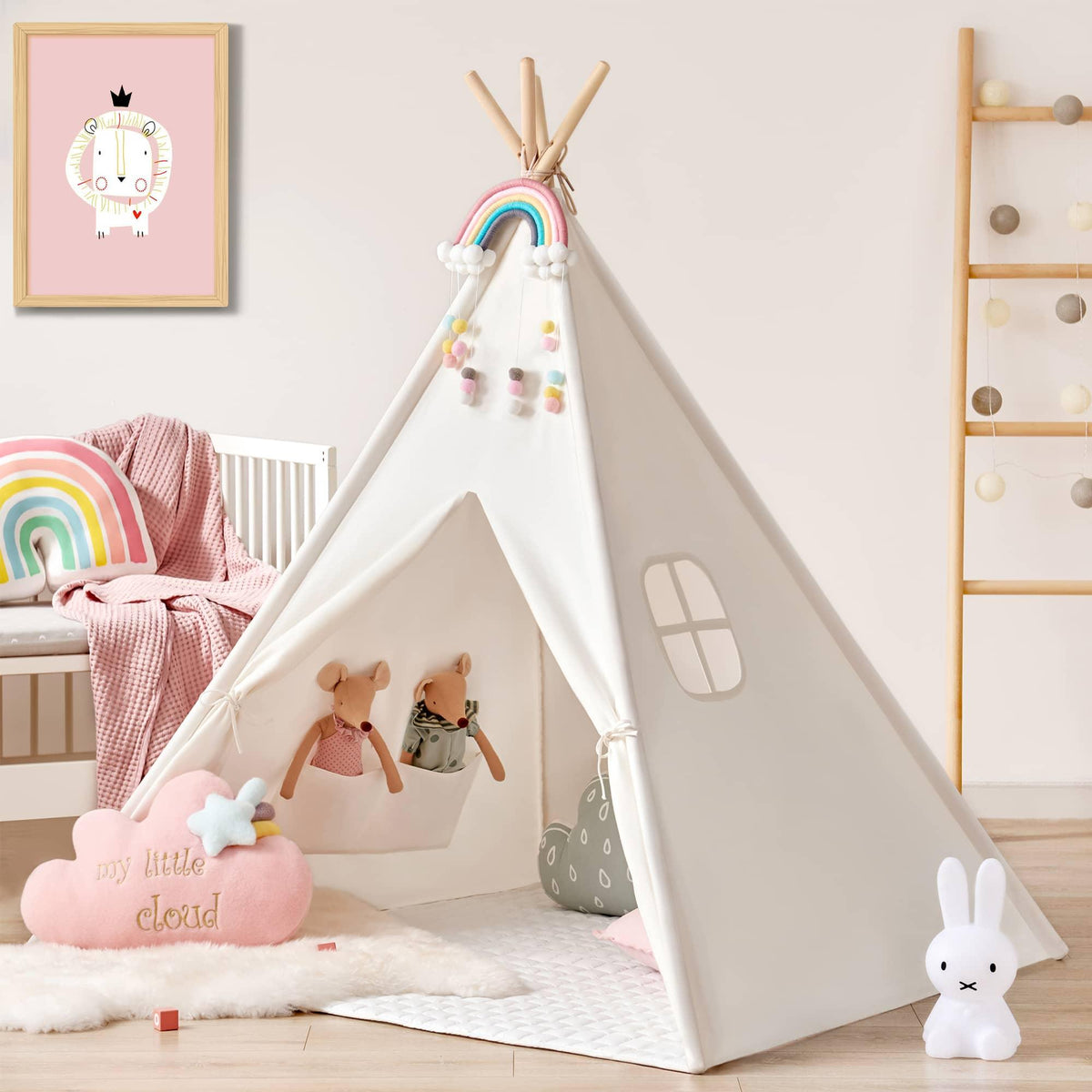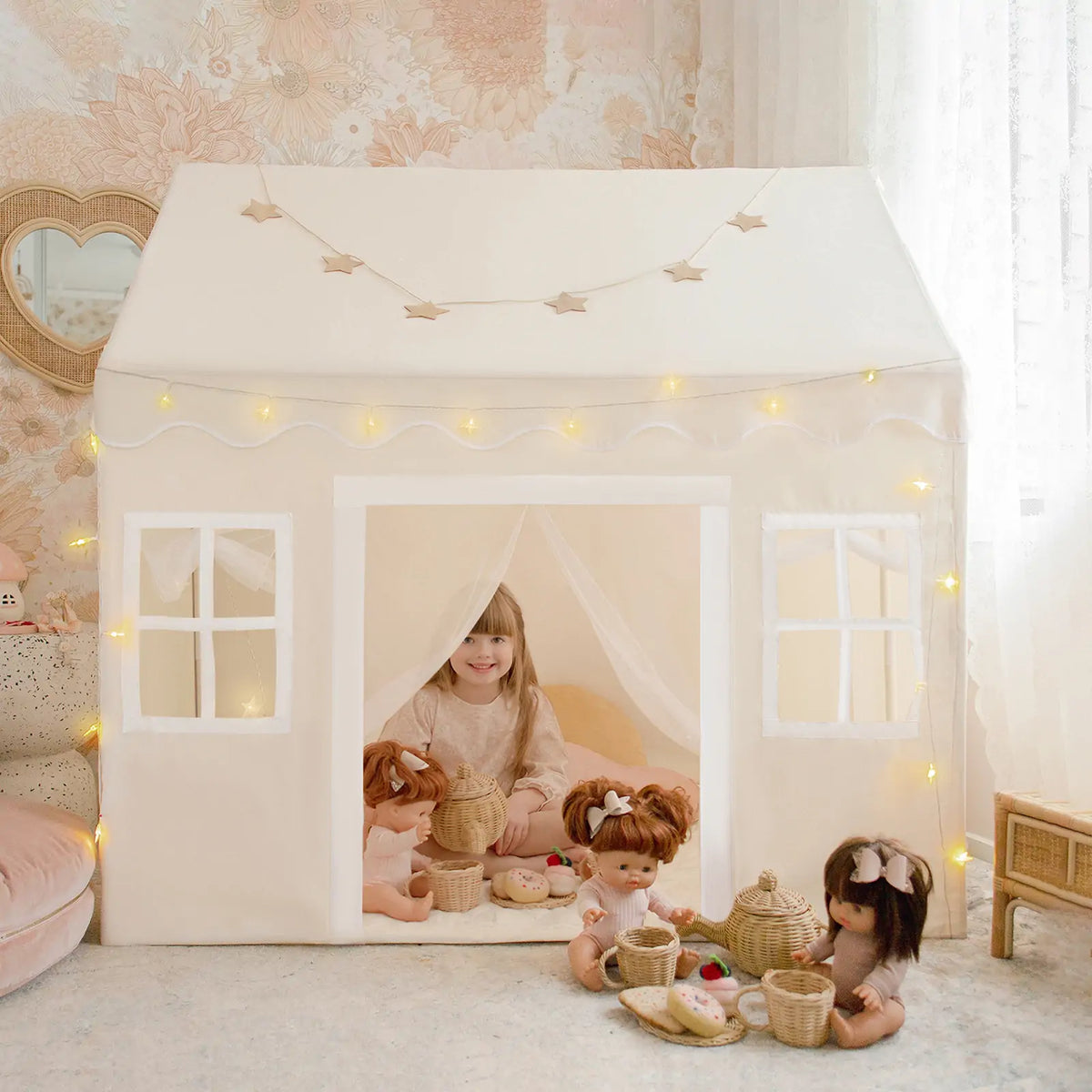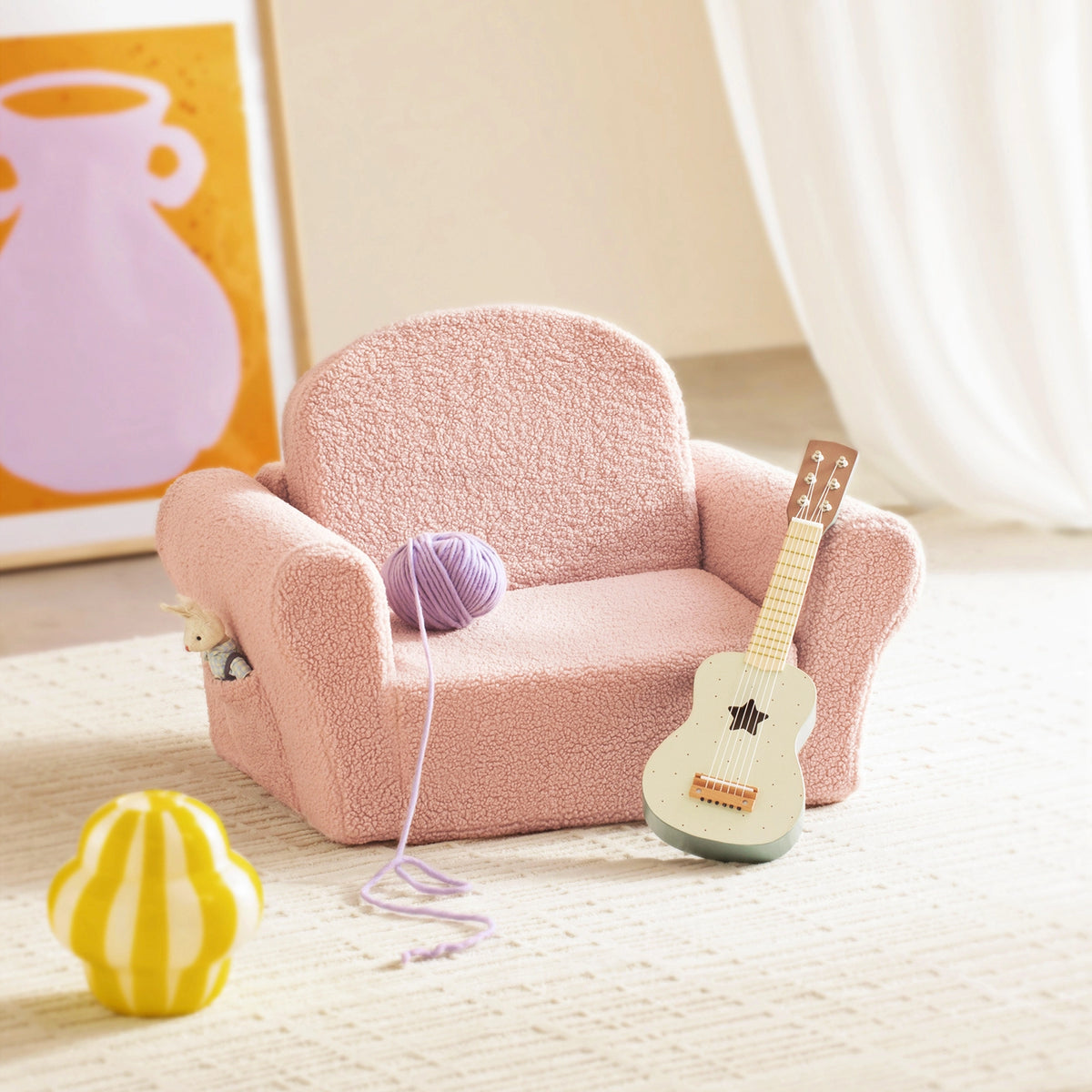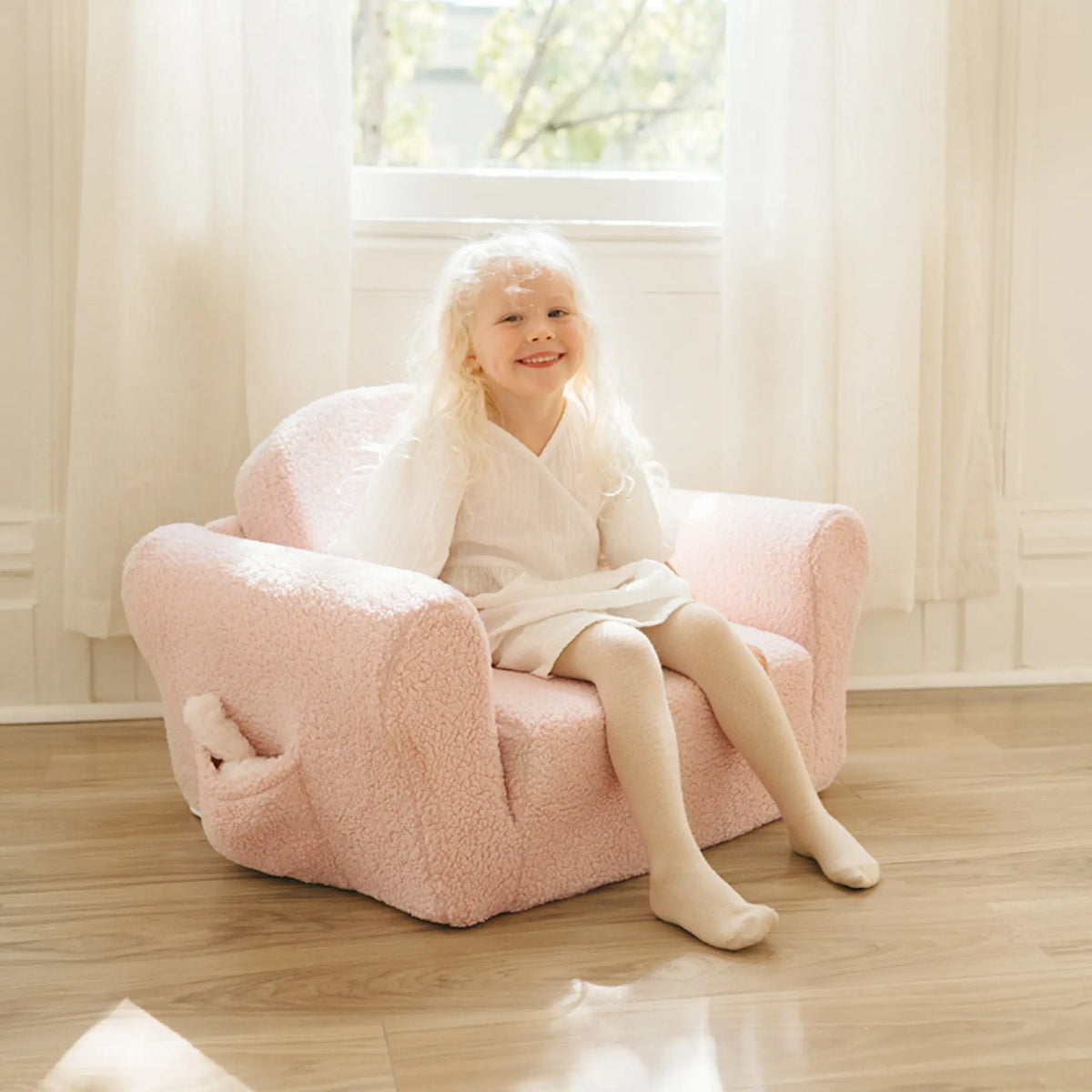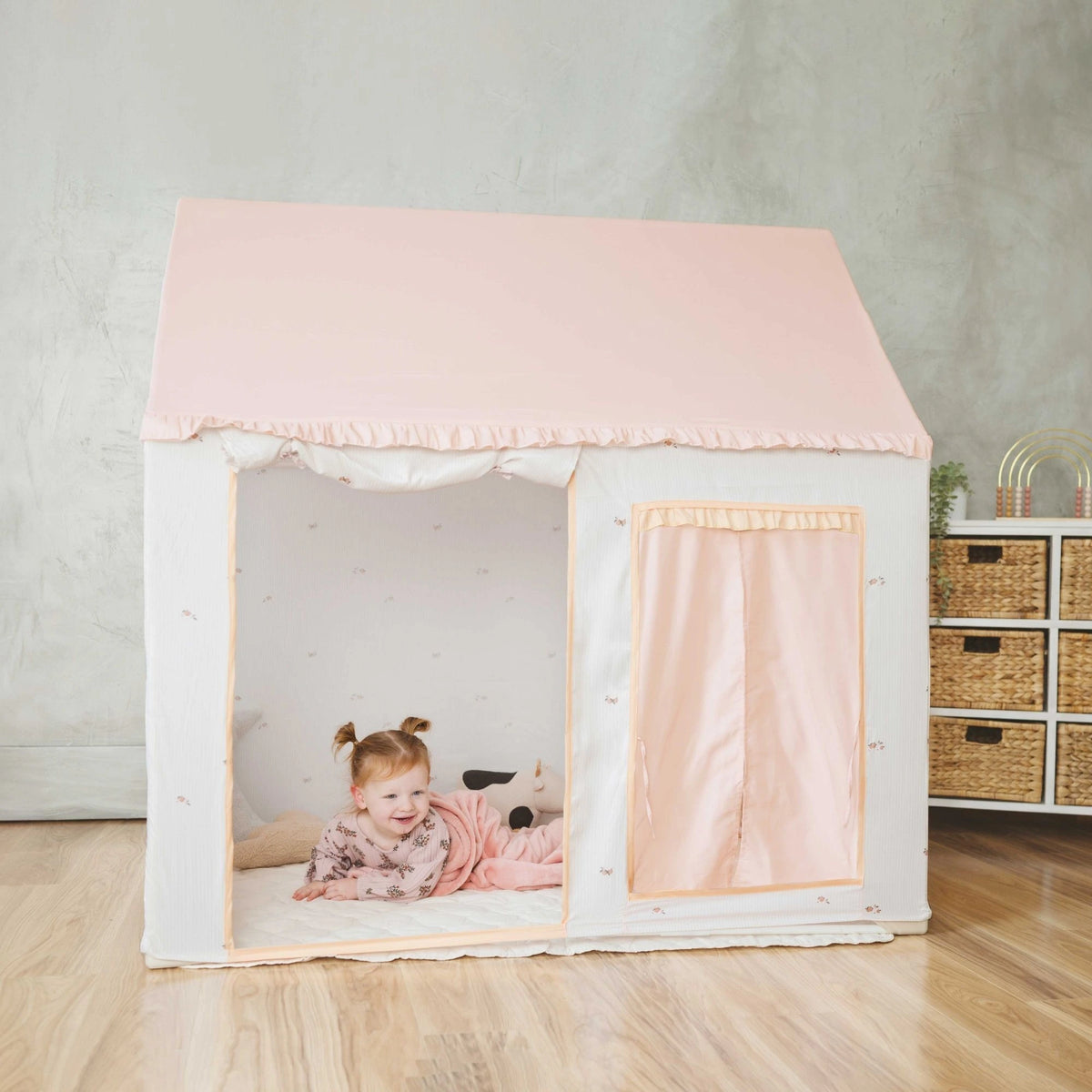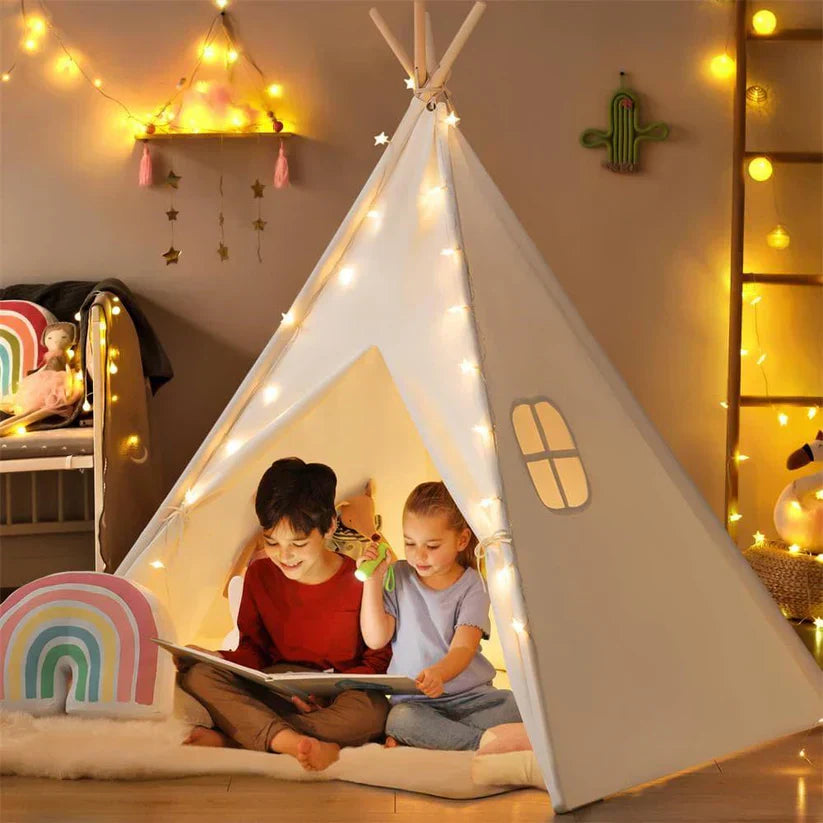Childhood isn’t about expensive gifts—it’s about the precious time spent with family. Family Belonging is nurtured through these moments, where children feel seen, valued, and part of something bigger: their family.
Some moments are quiet and gentle. Quiet play isn’t just for parents—it’s also perfect for grandparents. Slower-paced interactions allow children to experience the warmth of home while elders find meaningful ways to connect.
Some moments are full of energy and movement. Through fun, exciting games, children challenge themselves while parents contribute creativity and guidance, sparking imagination and physical potential.
Quiet Play: Slow-Paced, Shared Moments
What it is: Quiet play involves activities that are calm and gentle, focusing on storytelling, building, or role-playing. It’s less about physical exertion and more about communication, imagination, and sometimes even passing down culture.
Build Route 66 together, let tiny trains pass landmarks like Broadway and the Ford Factory. Grandparents can share stories about 1920s historical highlights, helping children understand the significance of these landmarks and fostering a sense of pride and historical interest.
Through storytelling and attentive listening, families create meaningful cross-generational connections.

2. Play Kitchen with Play Food
Cook up healthy meals together using the play kitchen and organic food sets. Through a variety of imaginative cooking activities, children are more likely to try real-life nutritious foods, turning playful experiences into everyday habits.
Cooking together is not only fun, but also full of warmth and care, helping children develop healthy eating habits through close interaction 3. Dollhouse with Garage
3. Dollhouse with Garage
Decorate rooms and arrange furniture while assigning each doll a role—dad drives, mom cooks, little one feeds the dog—helping children understand the responsibilities and tasks people take on in life.
Role-playing allows kids to co-create a miniature “community,” deepening understanding and bonding through shared storytelling and play.
Turn the tent into a little “story house” or secret base. Children can listen to stories from elders inside, or create their own scenes and storylines; they can also move the play kitchen inside, building their own “little restaurant” to simulate decent dining experiences.
In this creative space, children feel the presence and support of parents and grandparents, strengthening warmth and family connection.
Why it stands out: These toys mirror real-life experiences, sparking children’s imagination and curiosity while being simple to use. They’re perfect for parents and grandparents to enjoy together.
Active Play: Energetic, Engaging Family Interaction
What it is: Active play refers to family time that is more dynamic and physically engaging. These activities often combine exploration, adventure, and imagination, allowing children to release energy while parents’ creativity and participation provide an important source of security.
Children continuously attempt to climb, cross obstacles, and conquer mini “peaks.” Parents can support, cheer, or design fun challenges—like hiding small toys on the top of the climbing frame, acting as a “guardian monster,” prompting children to bravely navigate obstacles to rescue toy friends; or placing a small flag for children to retrieve as a symbol of victory.
Through these adventures, children gain joy and a sense of accomplishment from physical activity, while building trust and security with the support and encouragement of parents.
2. Crawl Tunnel
Children crawl through the tunnel, playing “chase” or “hide-and-seek.” Parents can set up challenge tasks alongside, turning the tunnel into a “secret adventure cave.” Add the ball pit for tossing or rolling balls, creating an immersive “adventure course.”
Amid laughter and play, parent-child rapport is strengthened, and children gain courage and confidence.
3. Stepping Stones
Children can jump and cross between stepping stones of different heights to practice balance and coordination. Parents can guide them through simple tasks, such as jumping from one stone to another in sequence, or passing balls from start to finish, placing one ball per stone crossed.
In this type of interaction, children not only develop physical control and balance, but also gain self-confidence and strengthen trust with their parents.
Why it stands out: These toys help children develop gross motor skills and physical coordination while allowing parents to be playmates rather than just supervisors.

Whether it’s quiet shared moments or lively adventures, Tiny Land toys help family members discover their own ways to interact. In these moments of togetherness, children feel safe and loved, and family bonds grow stronger. Make every play session a precious family memory—choose the Tiny Land toys that fit your family and create warm, lasting memories together.



